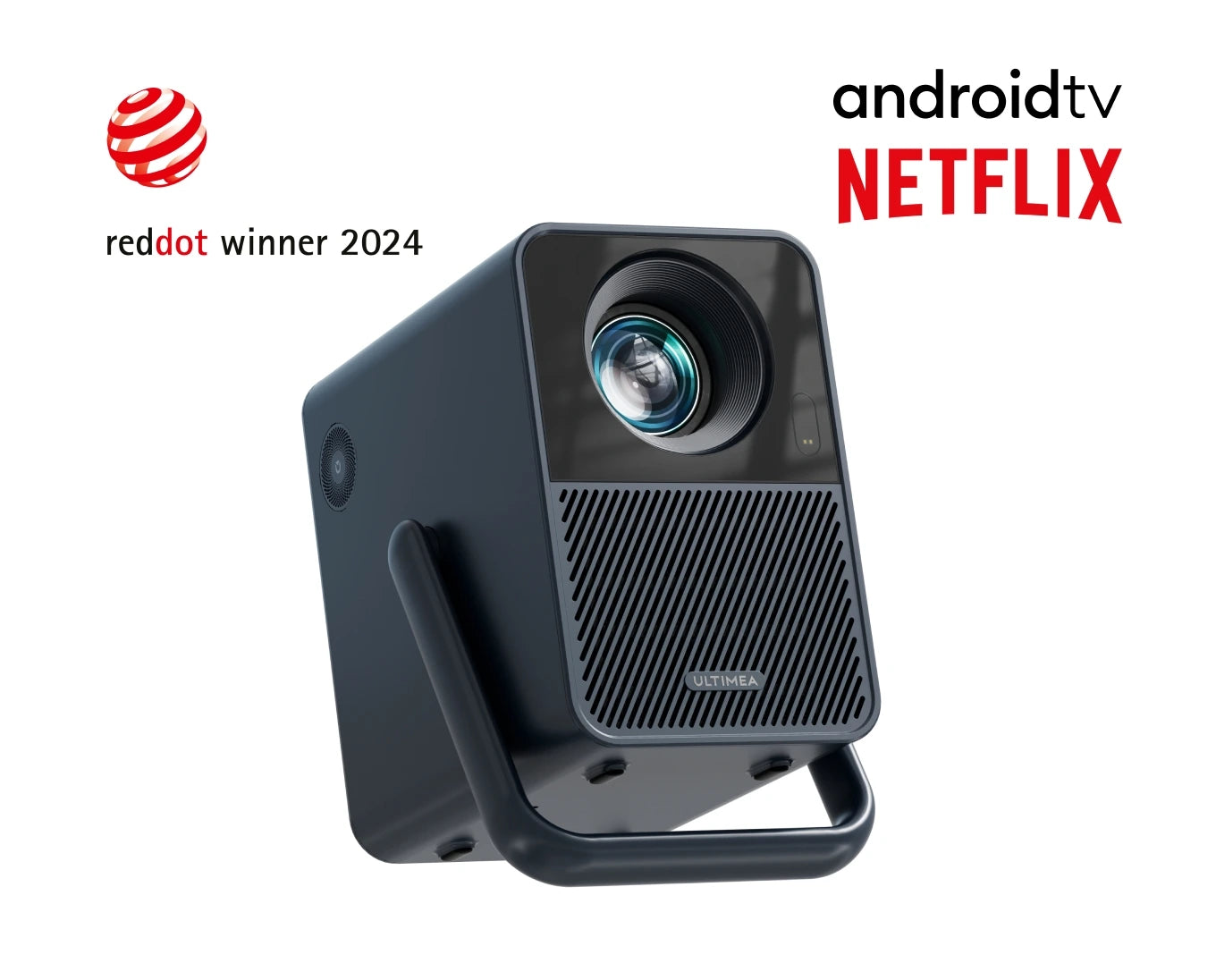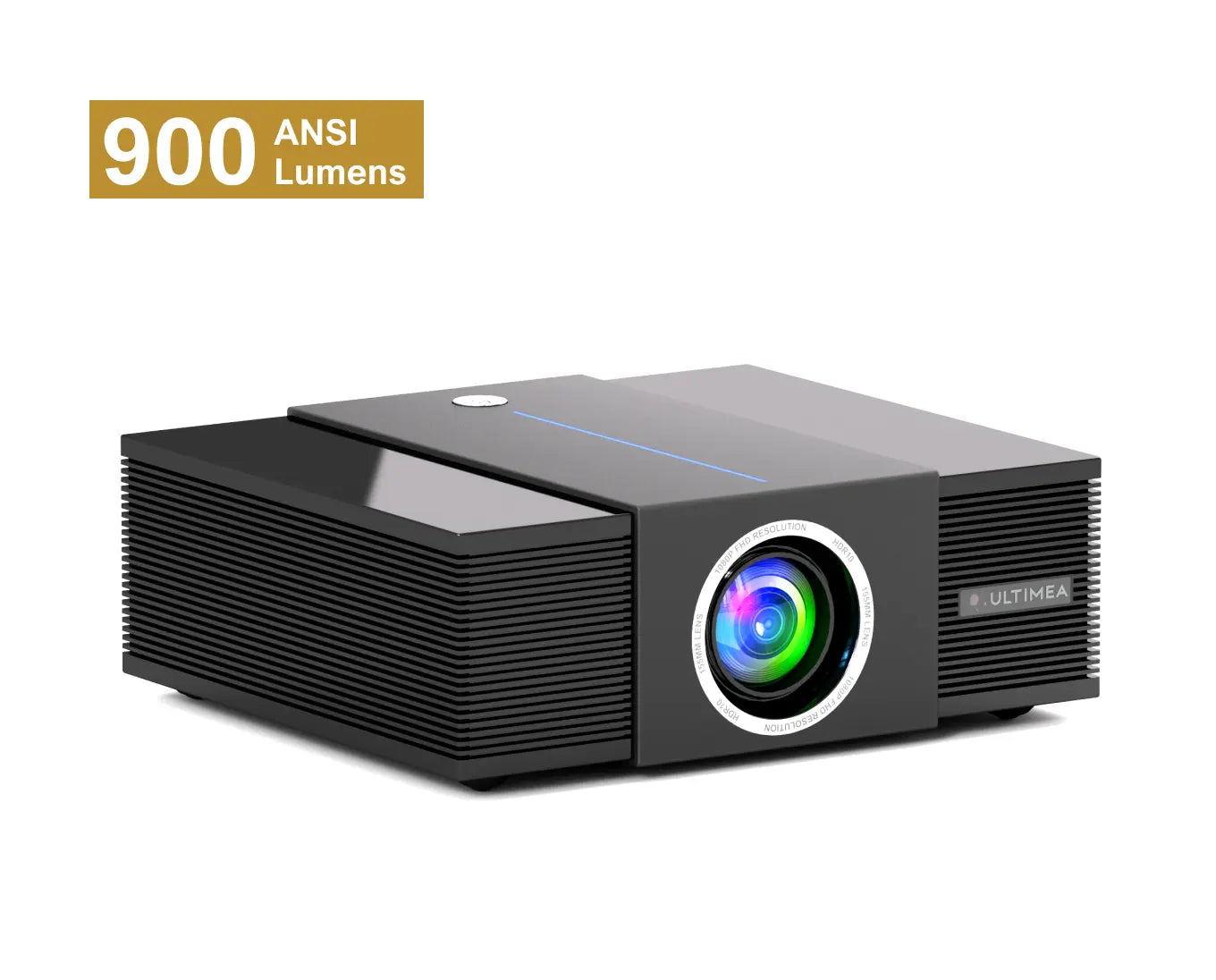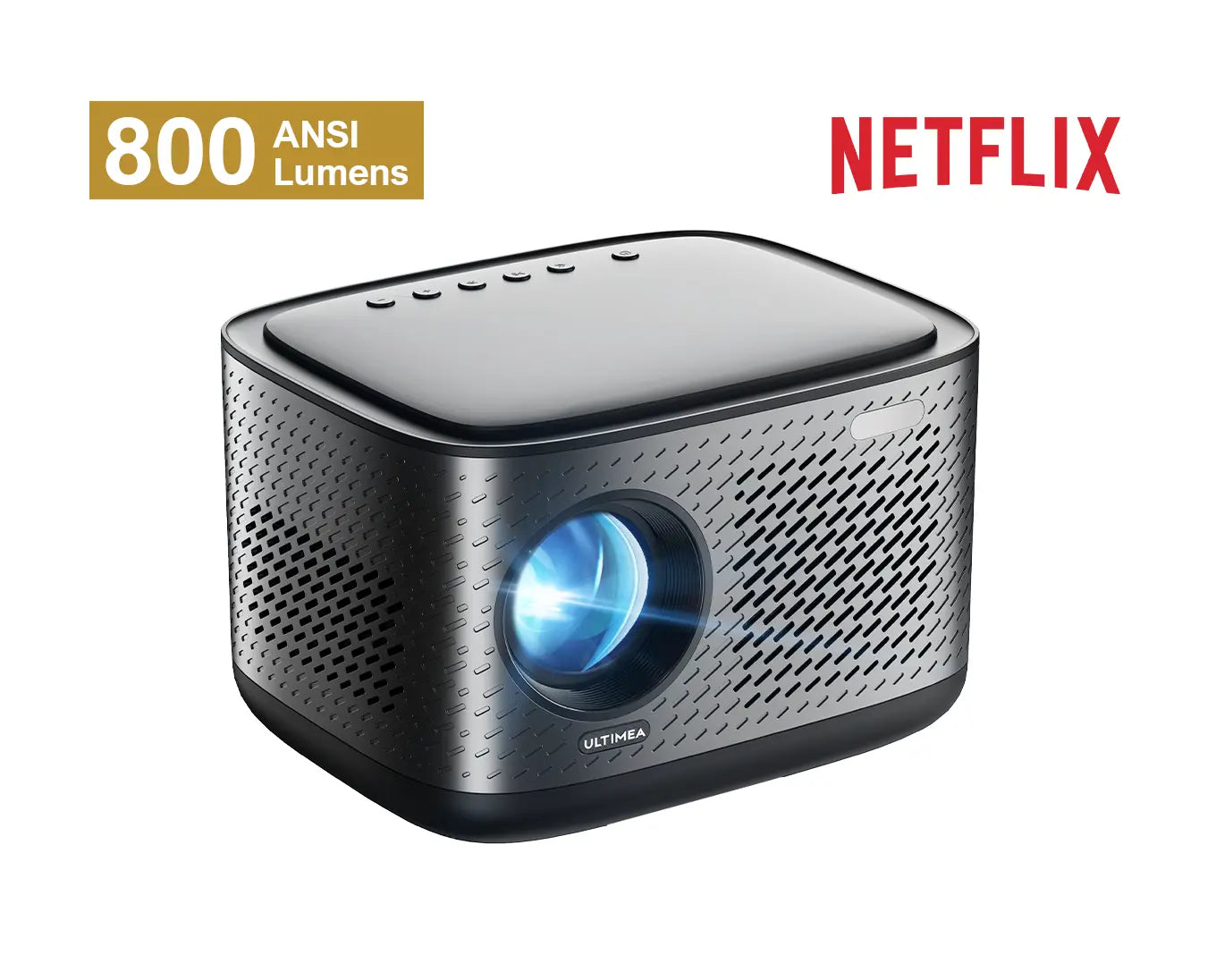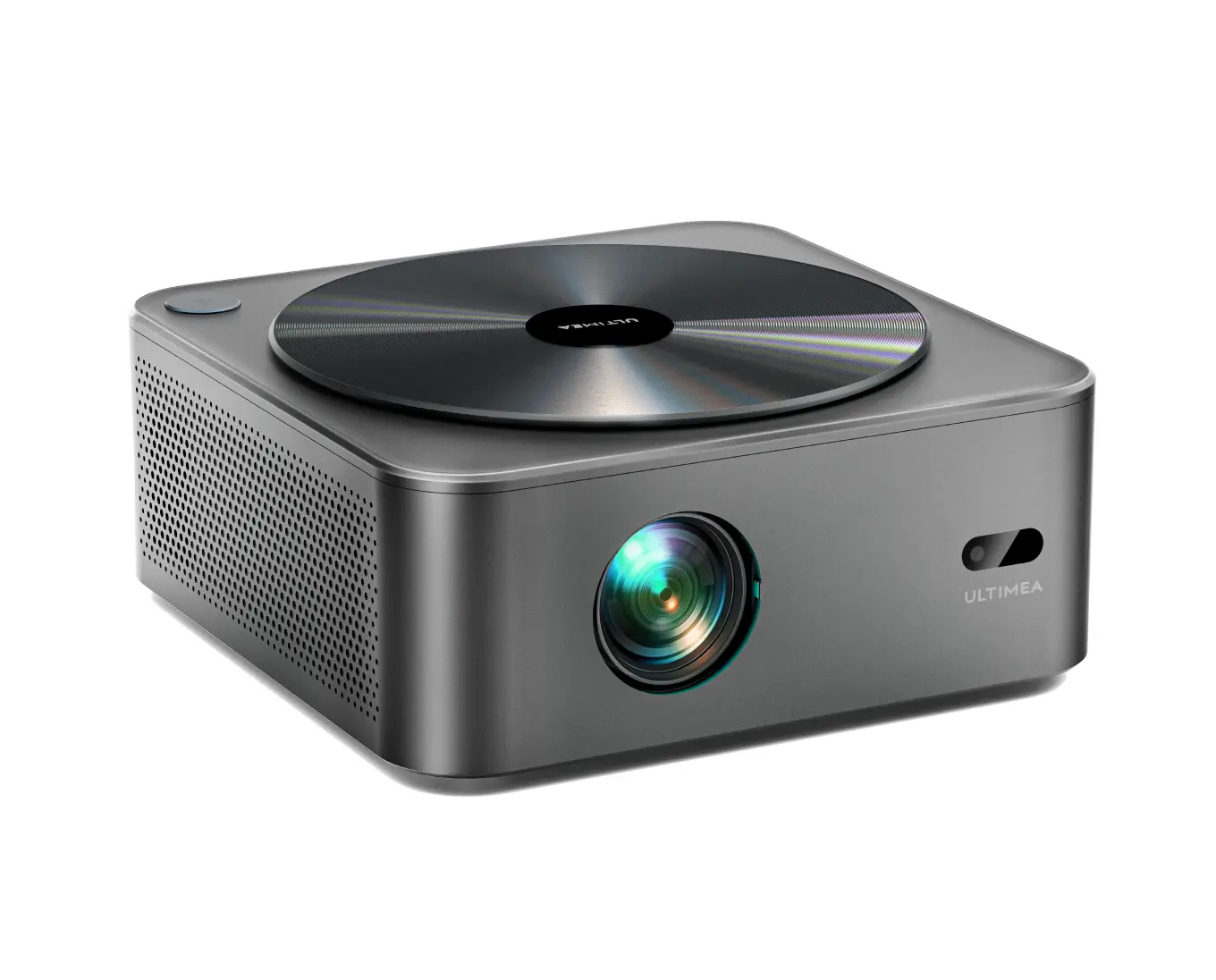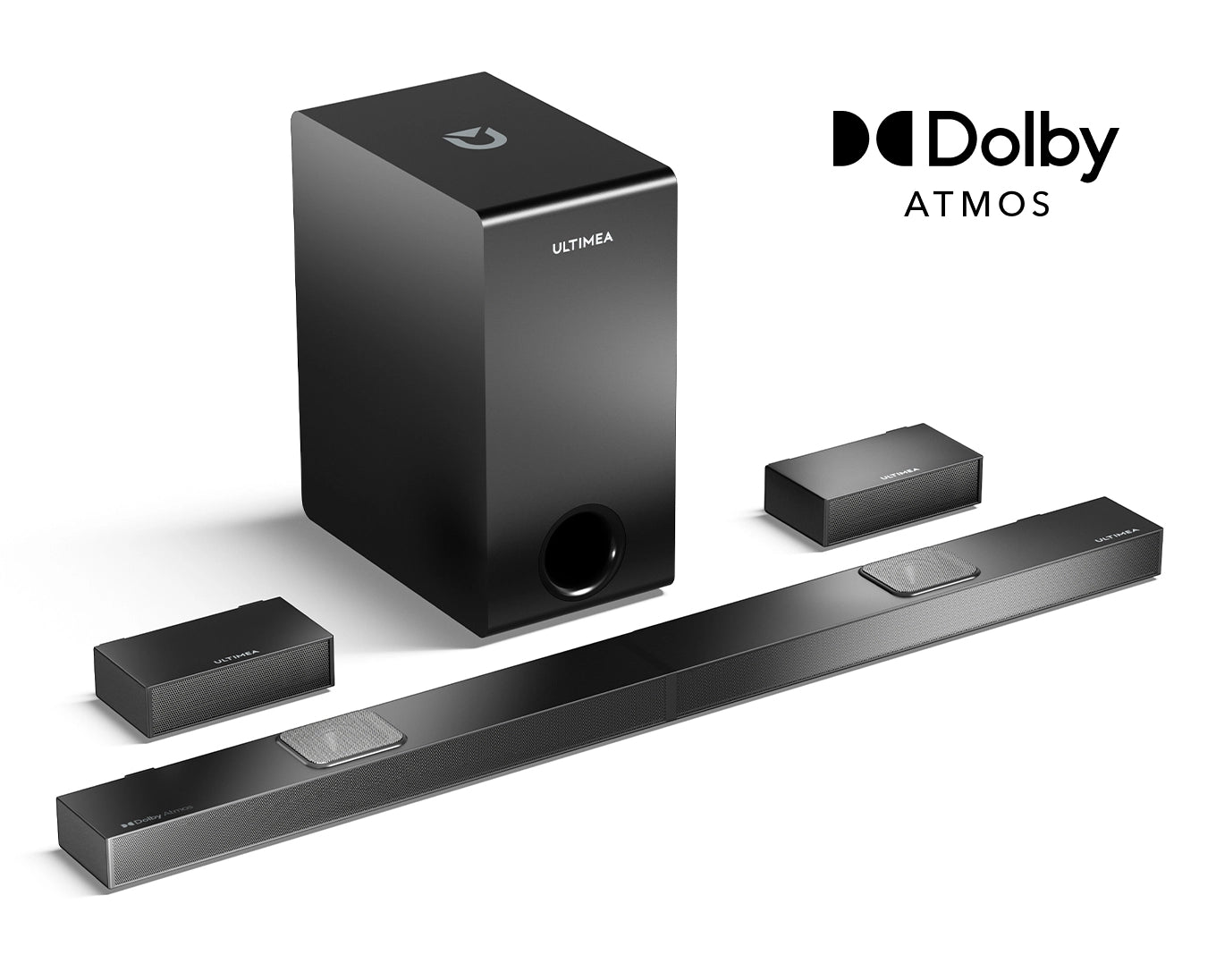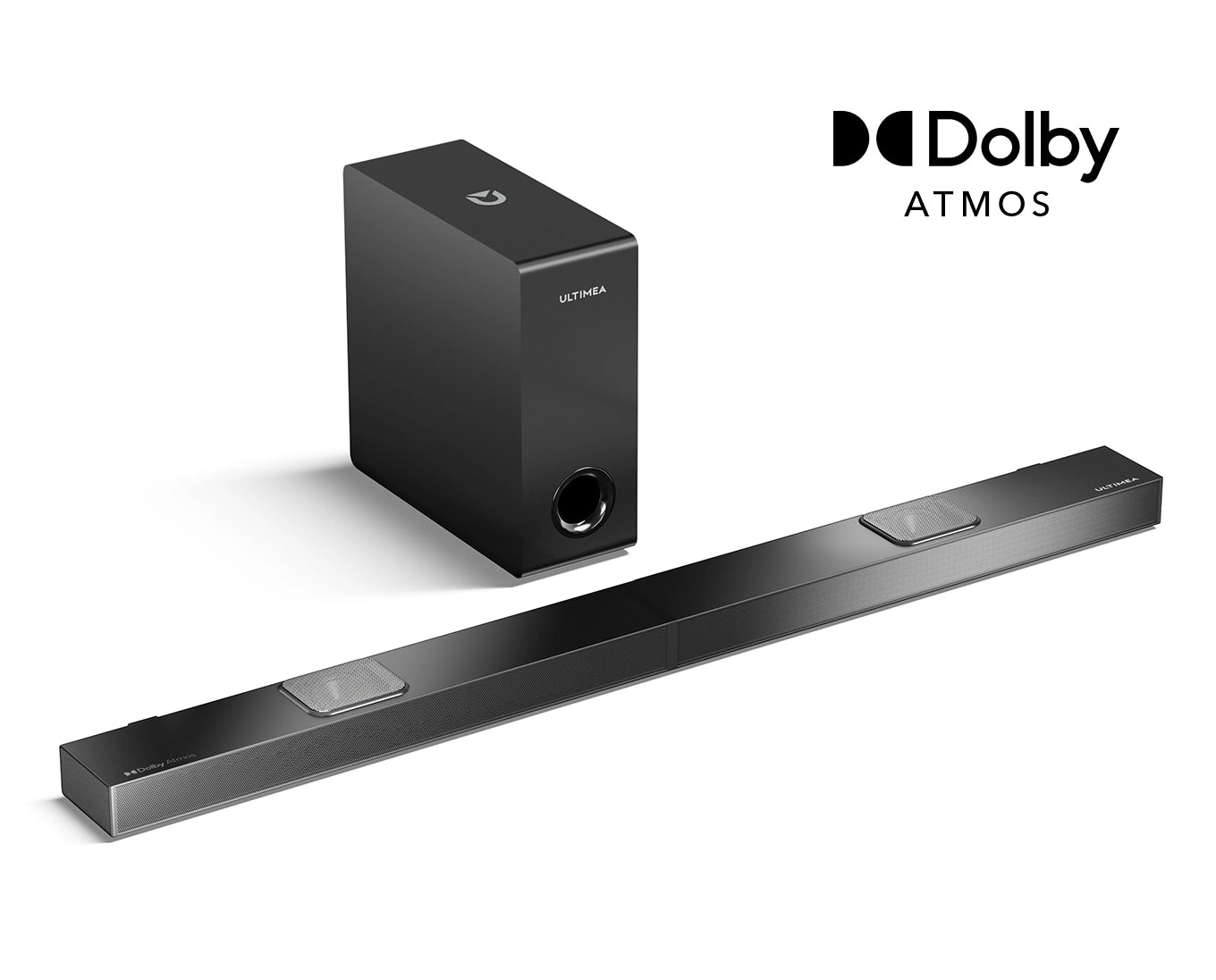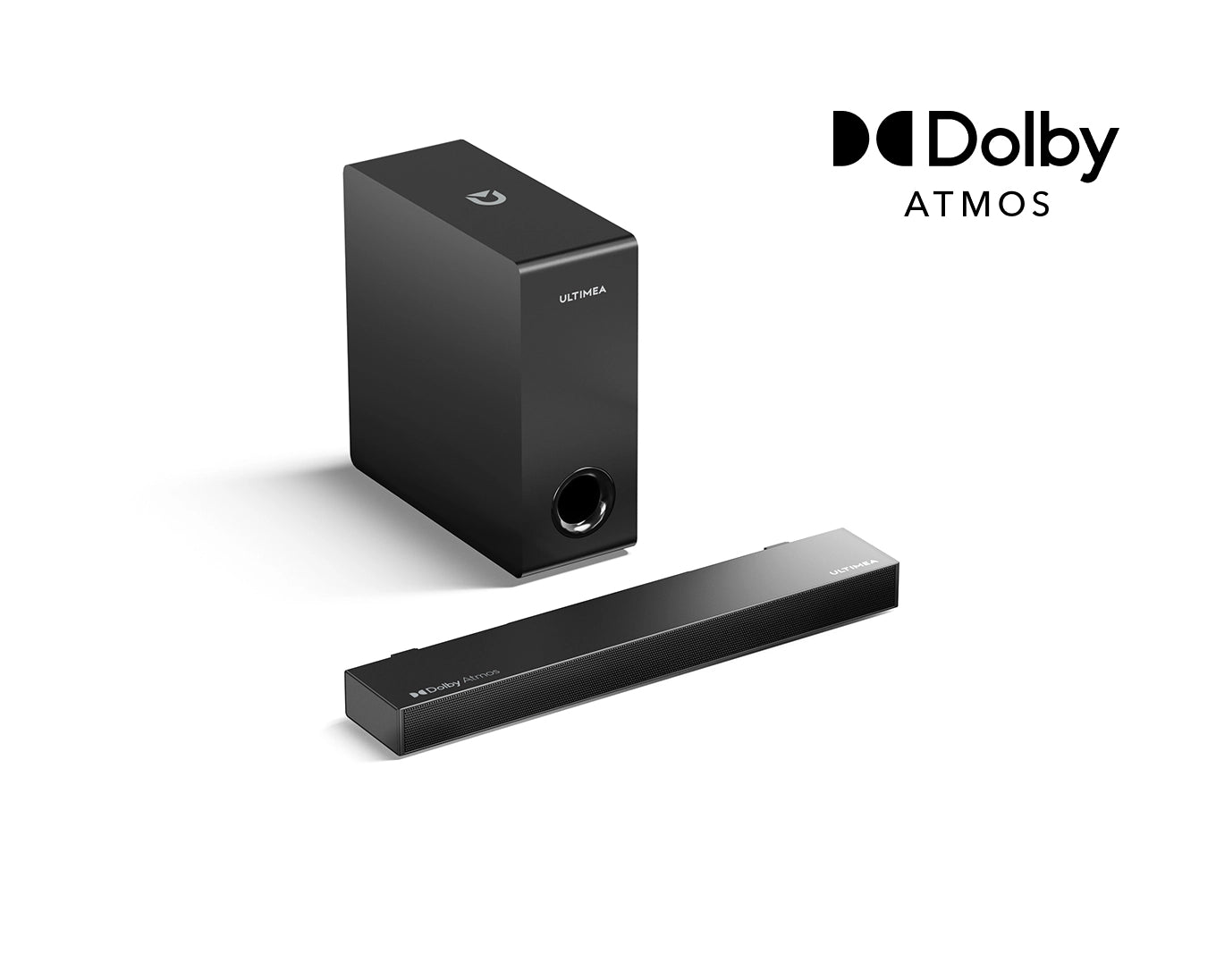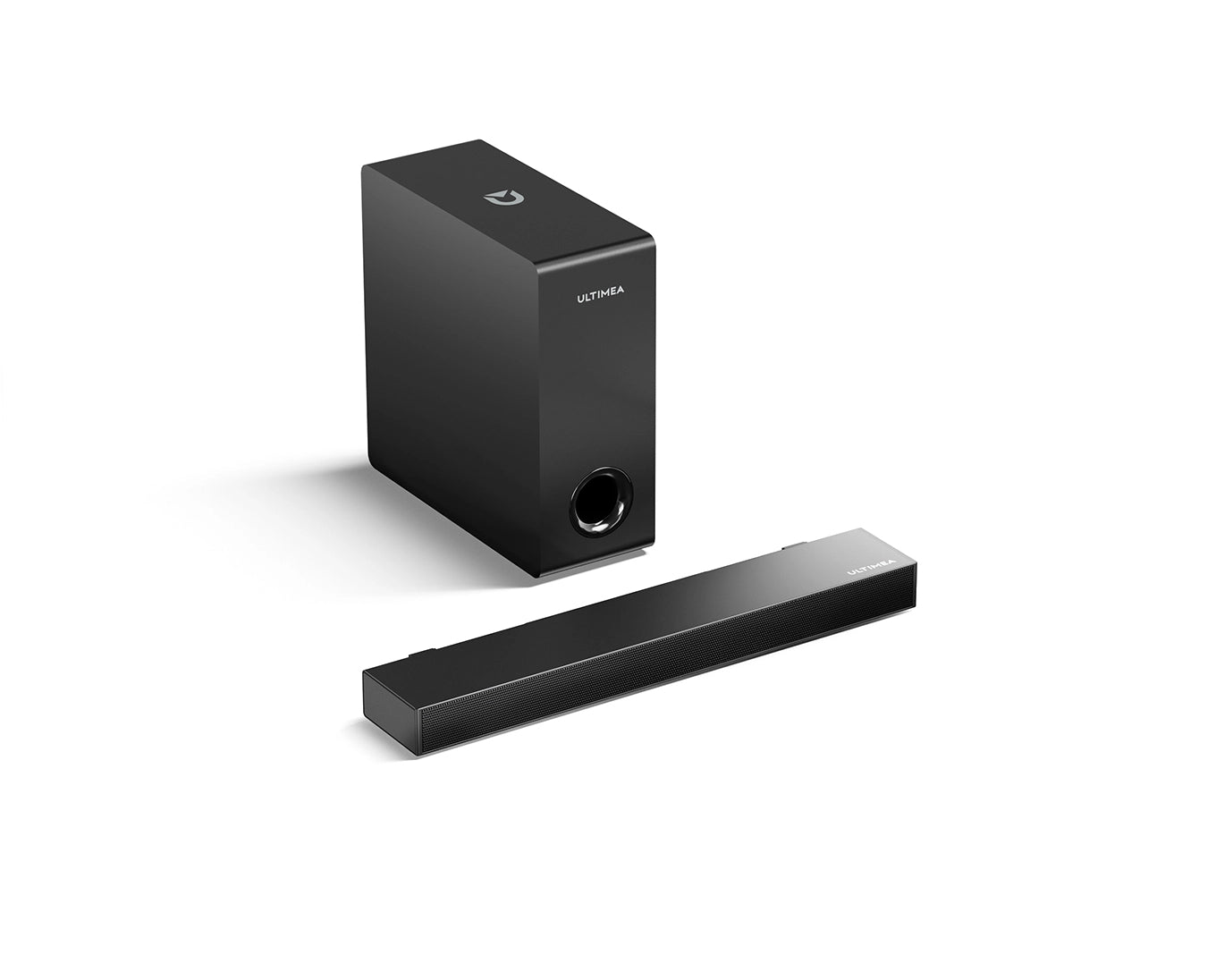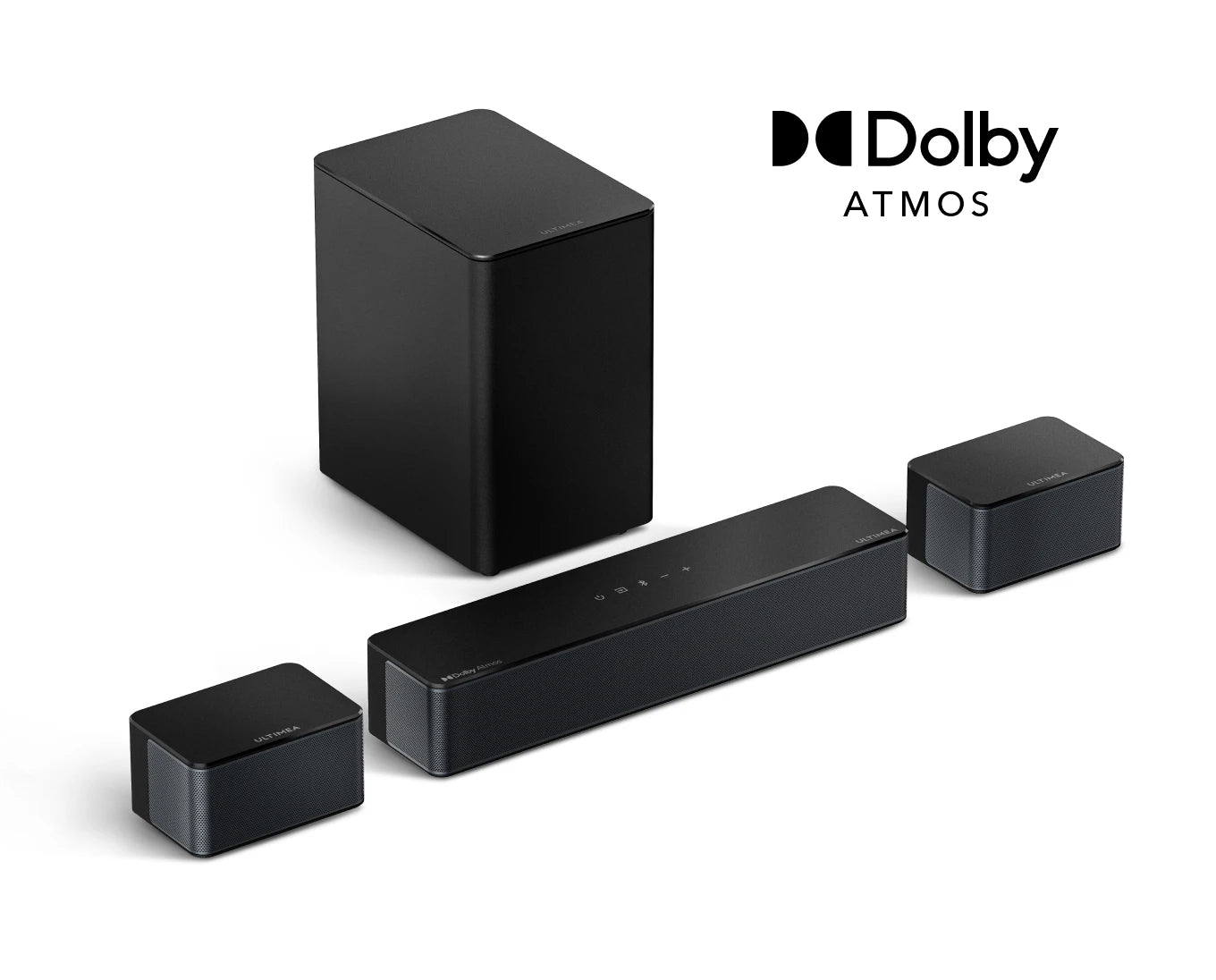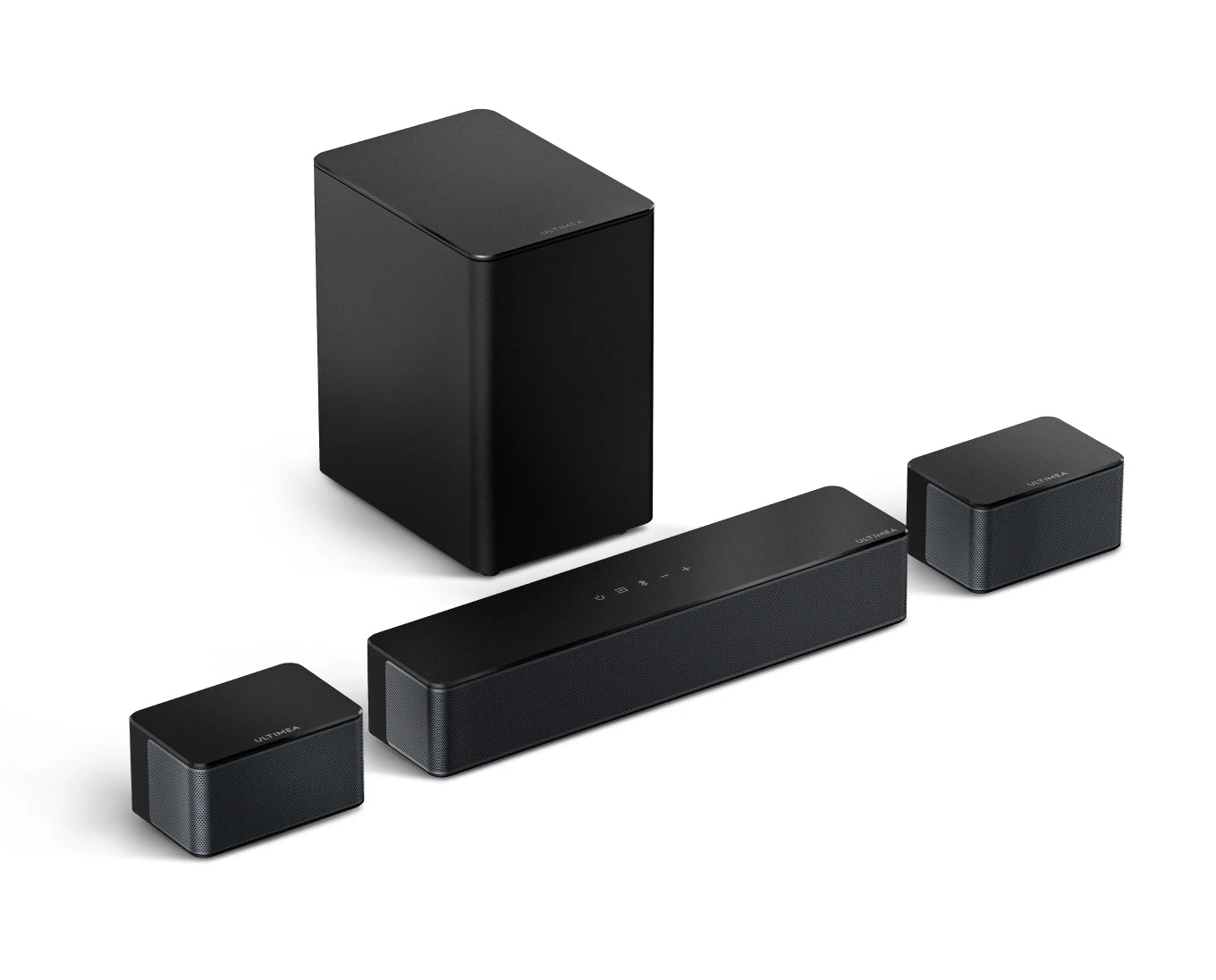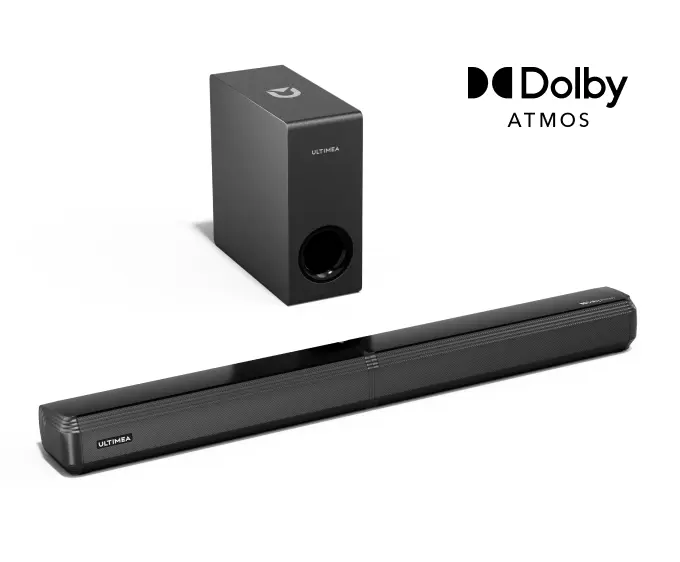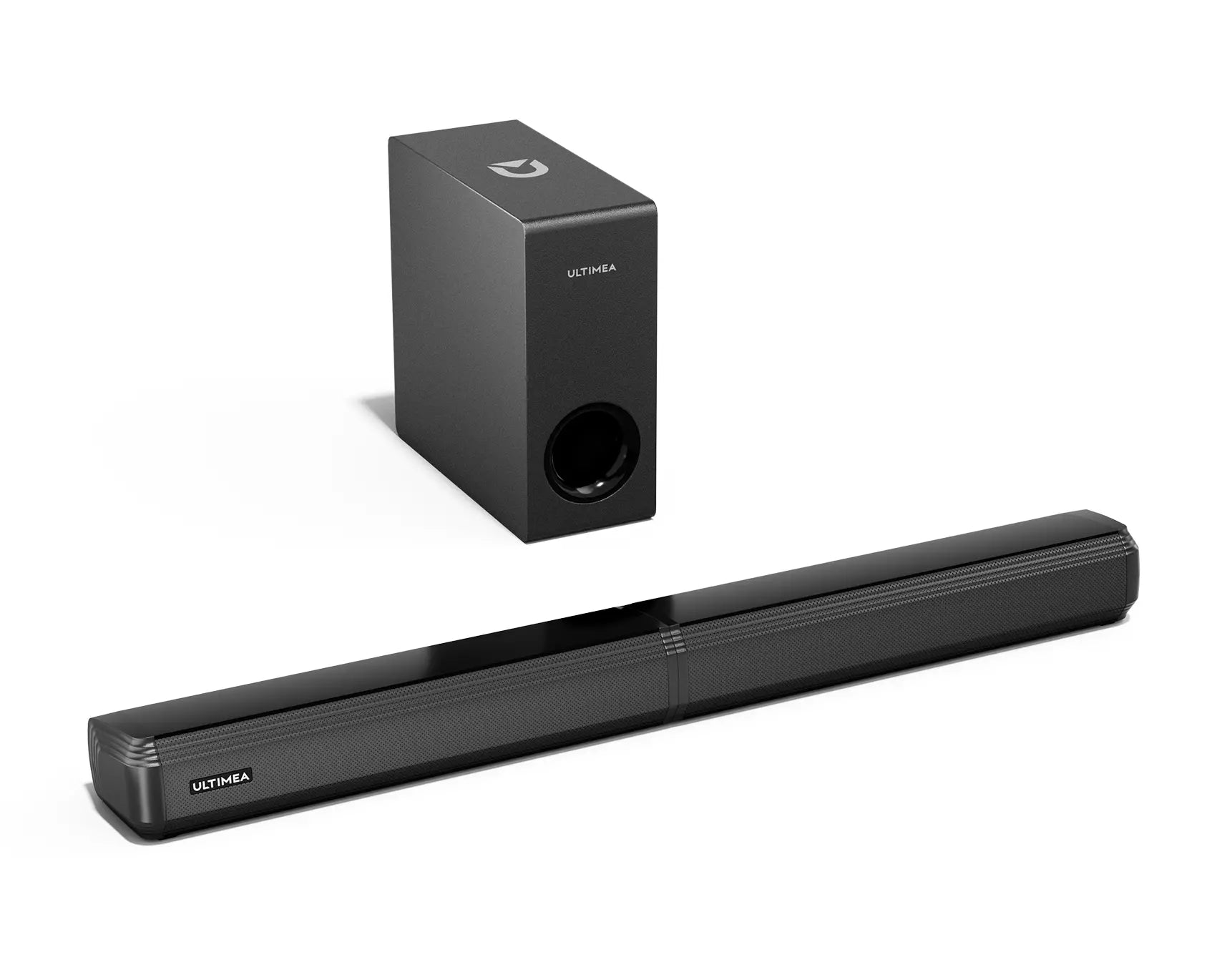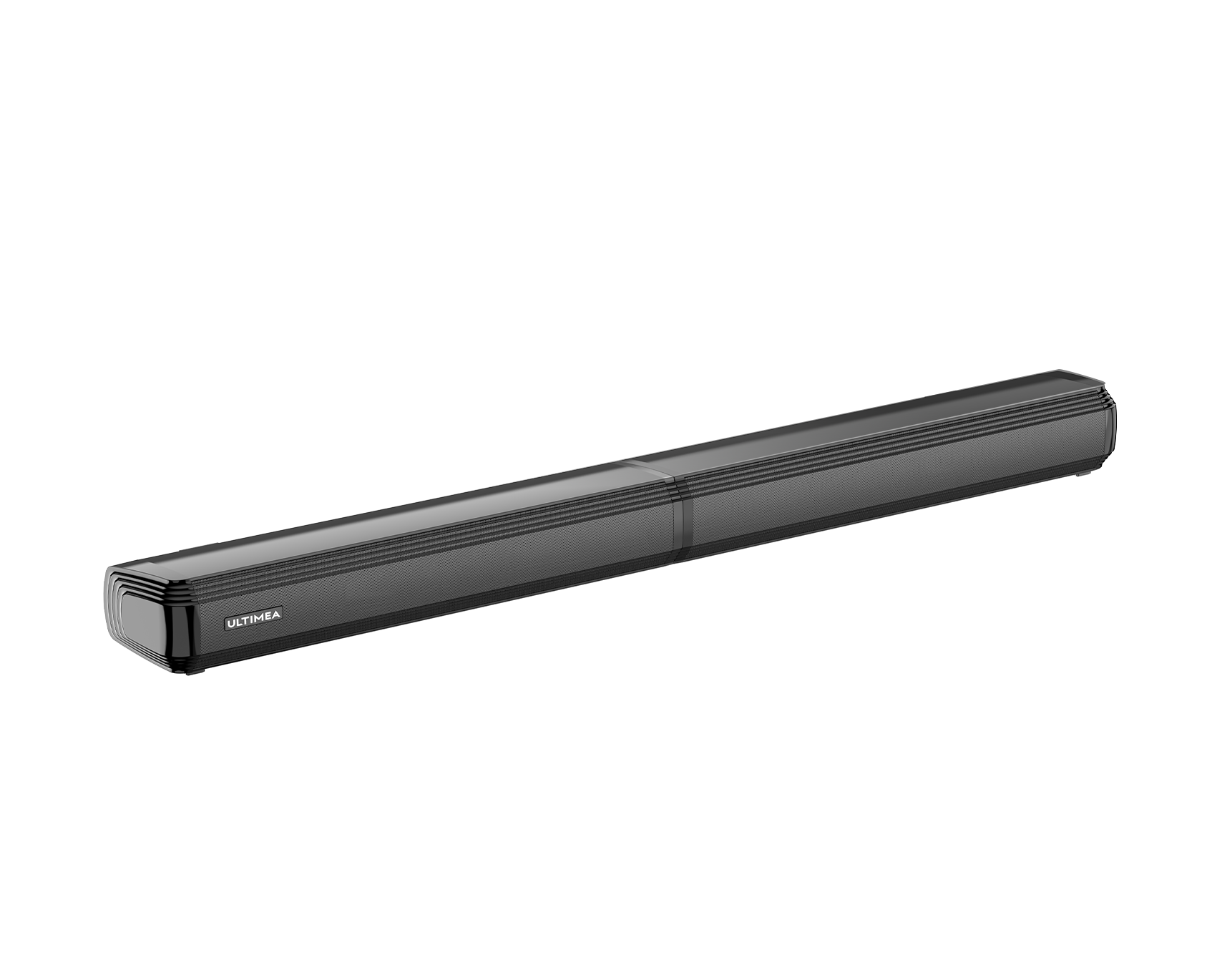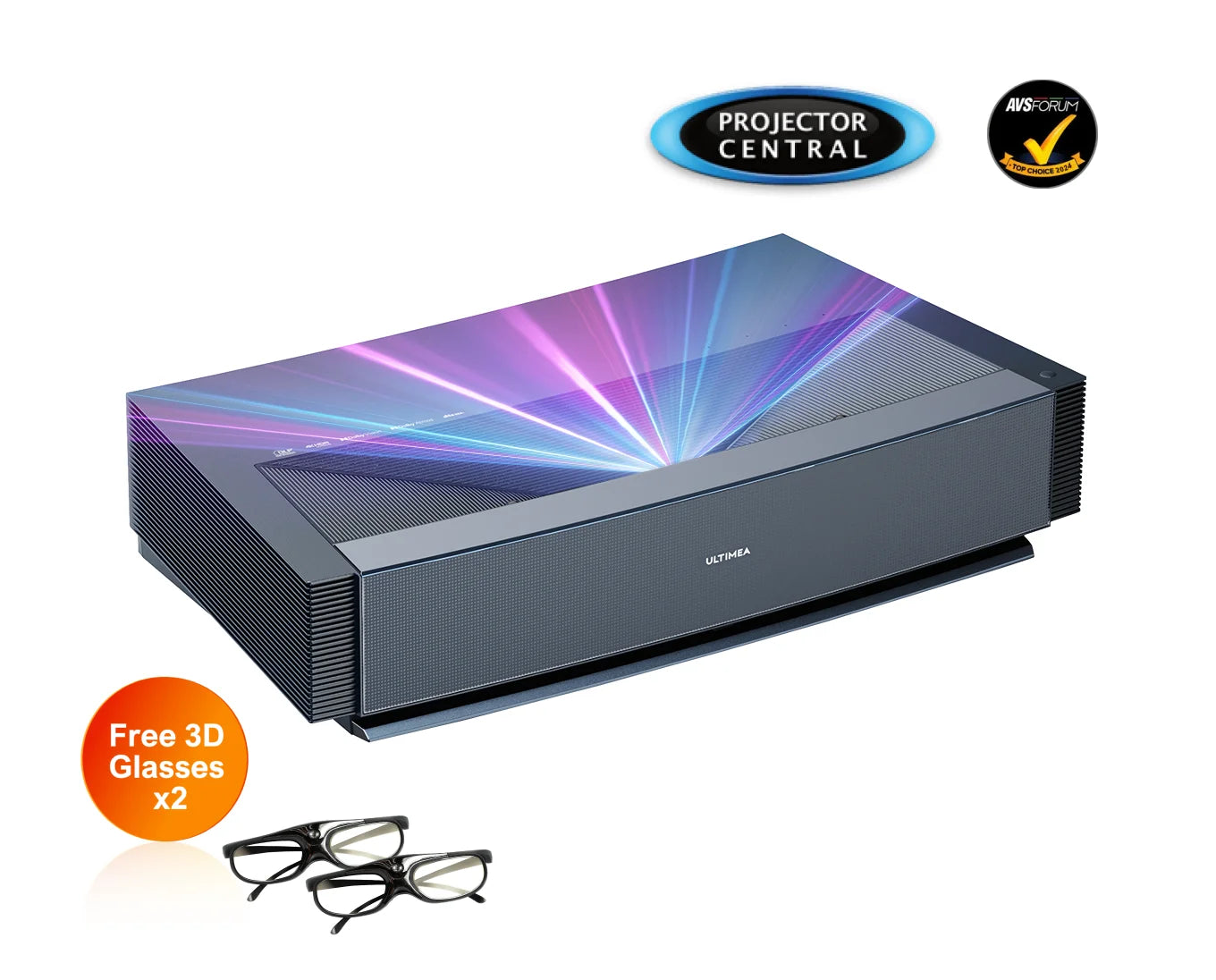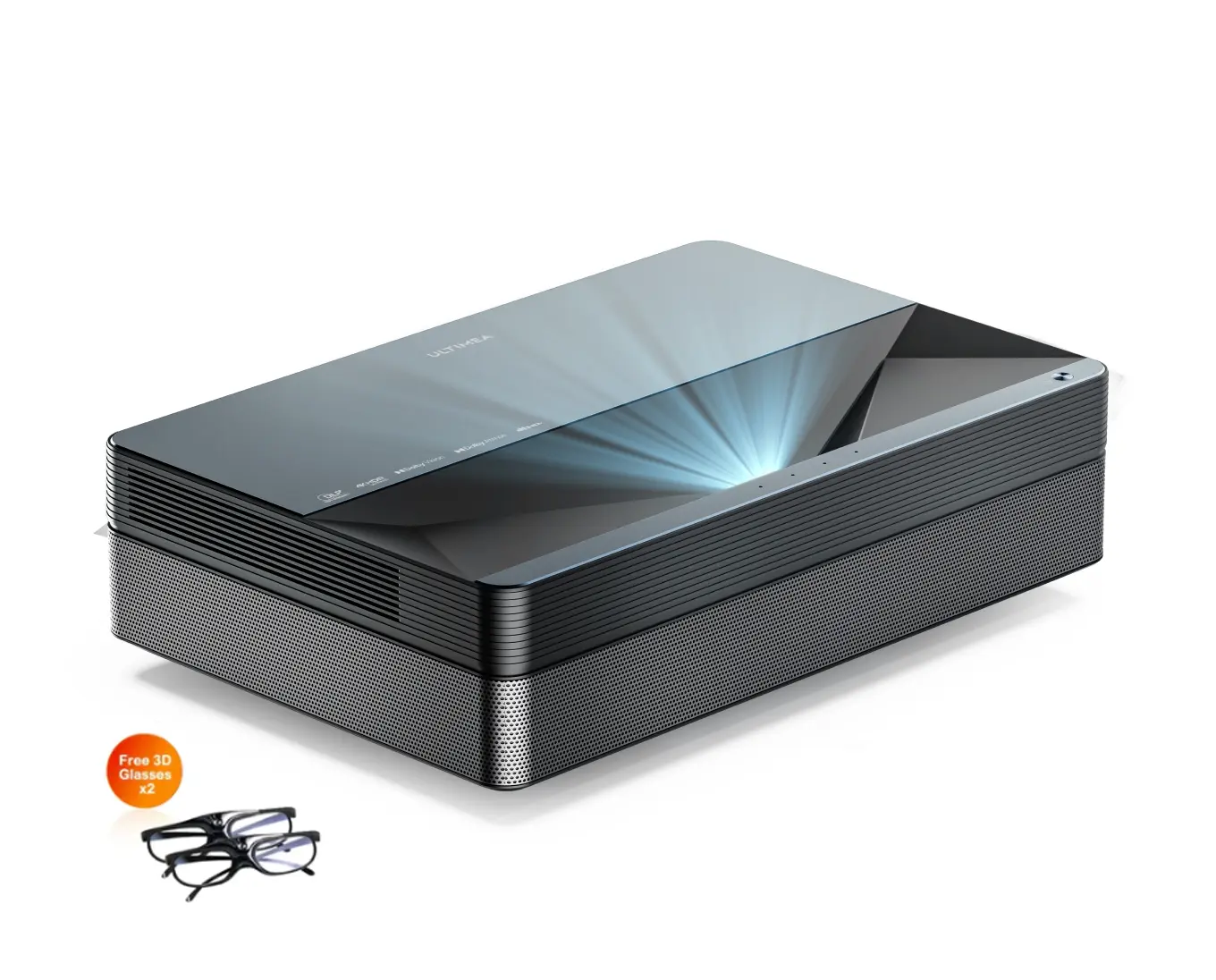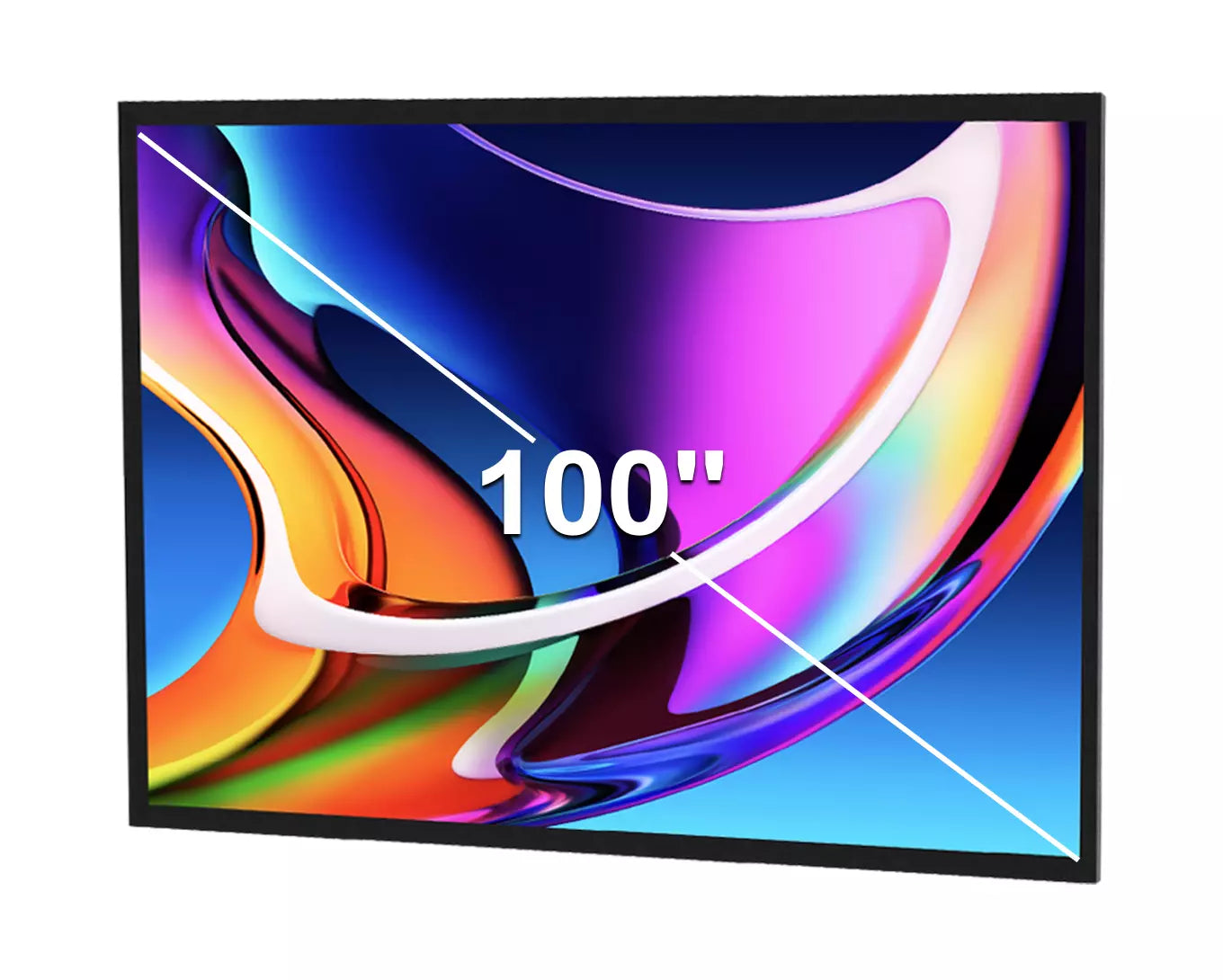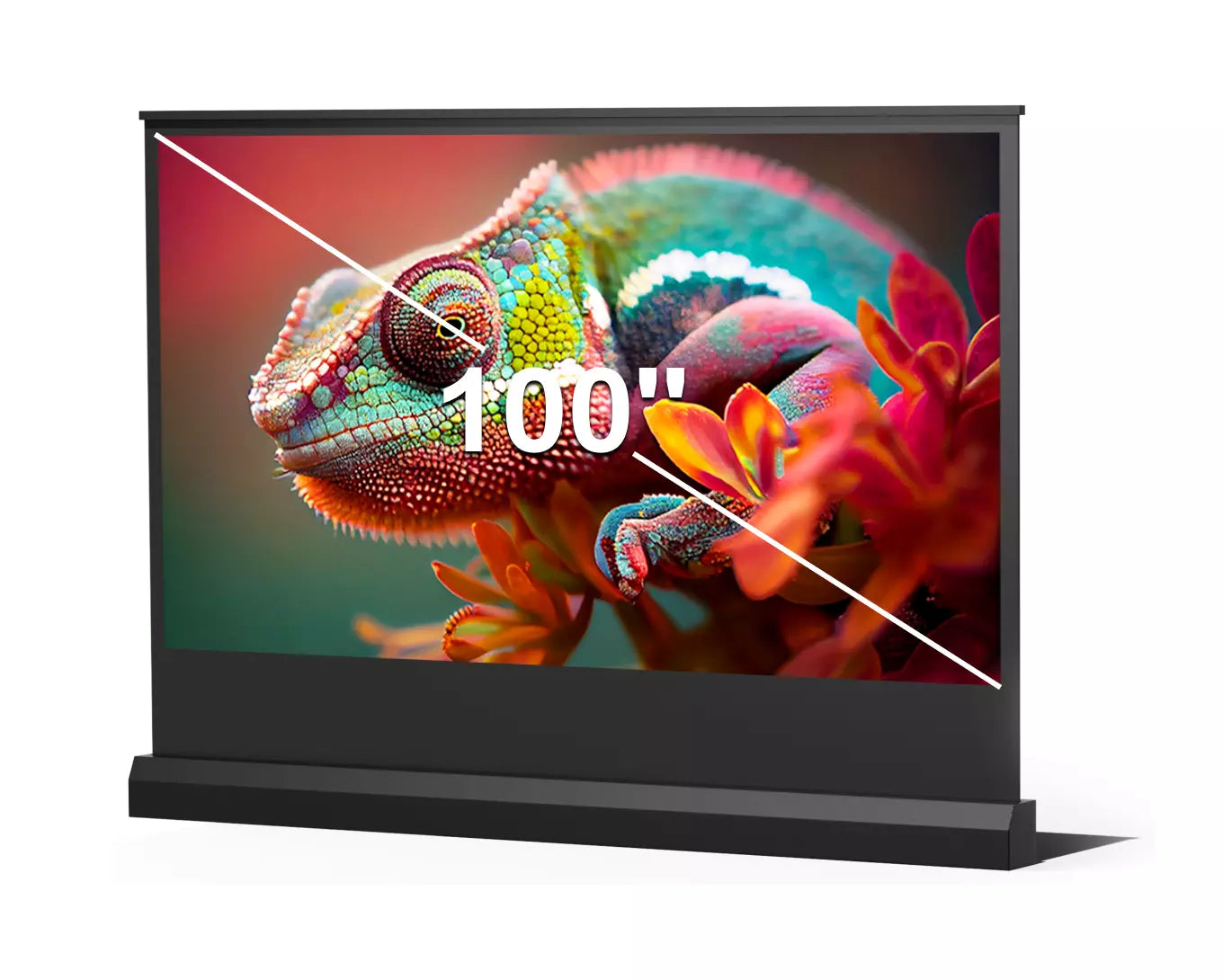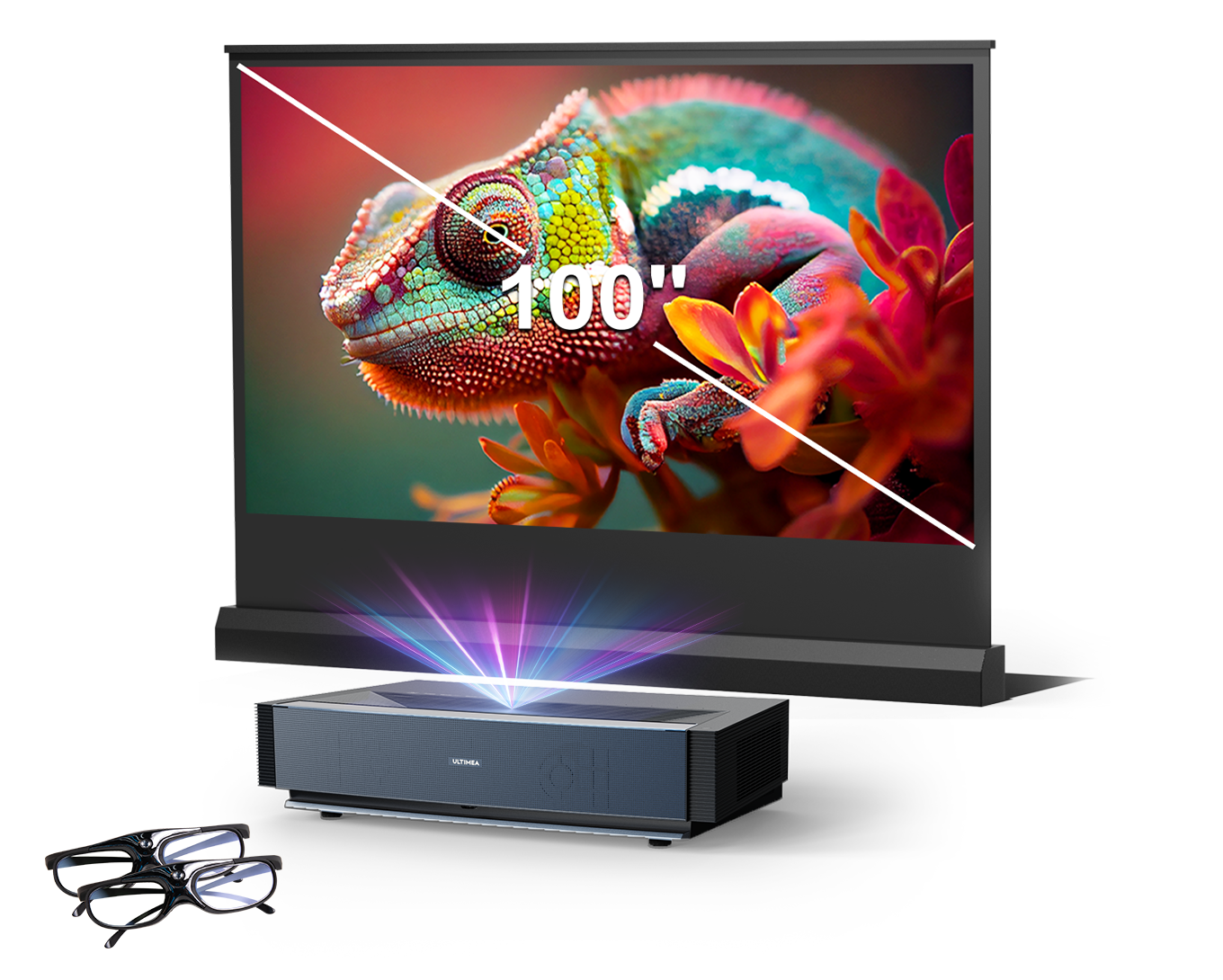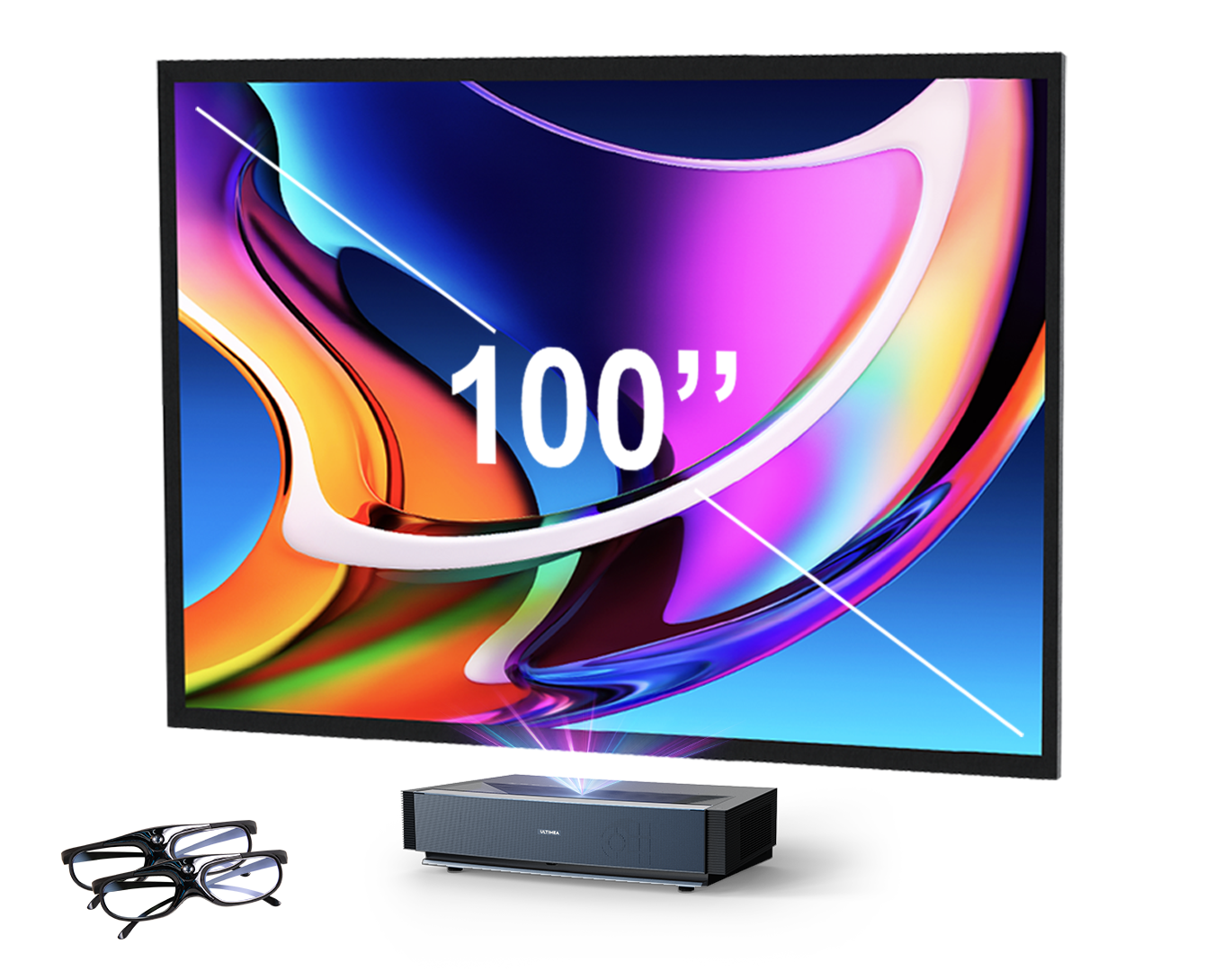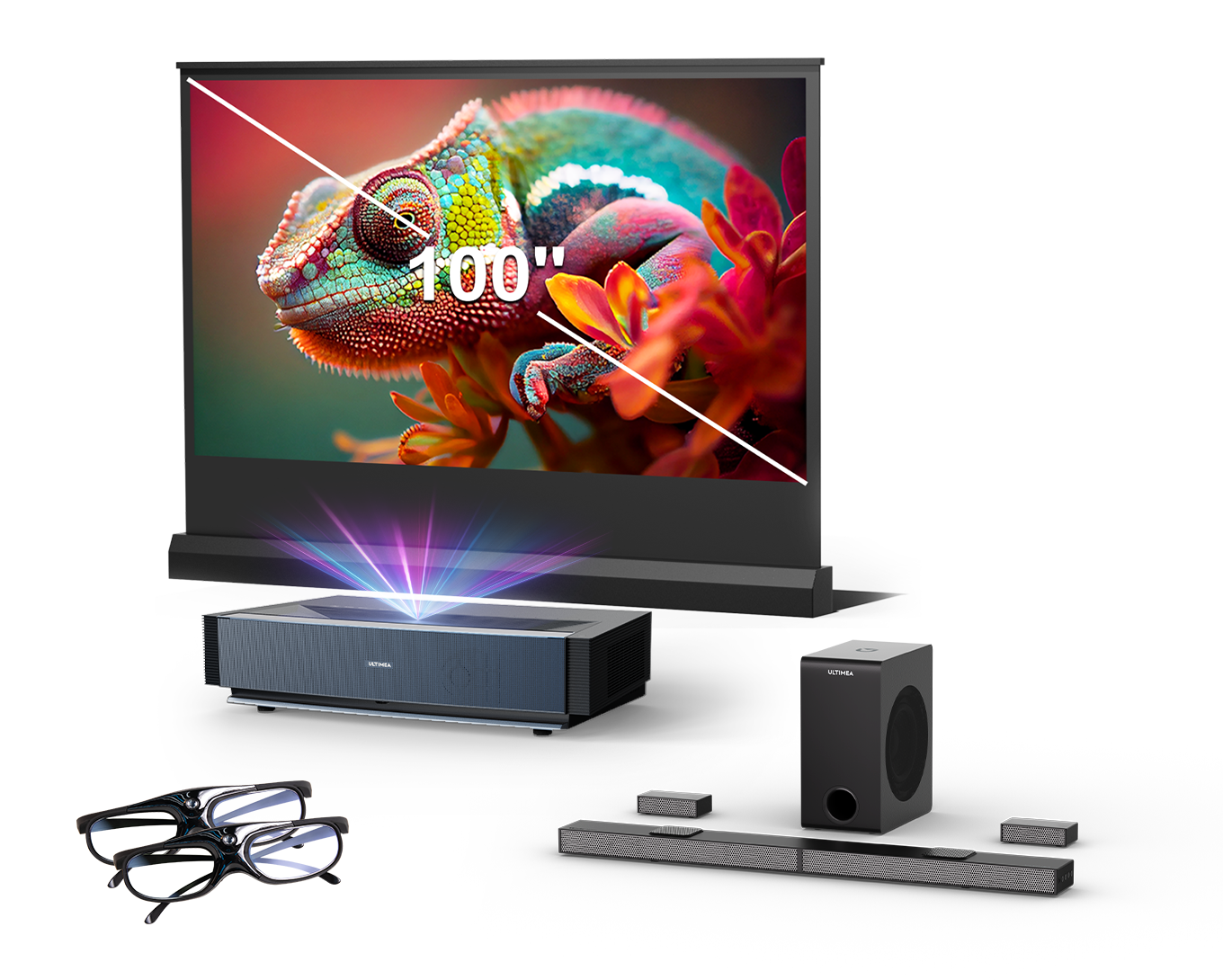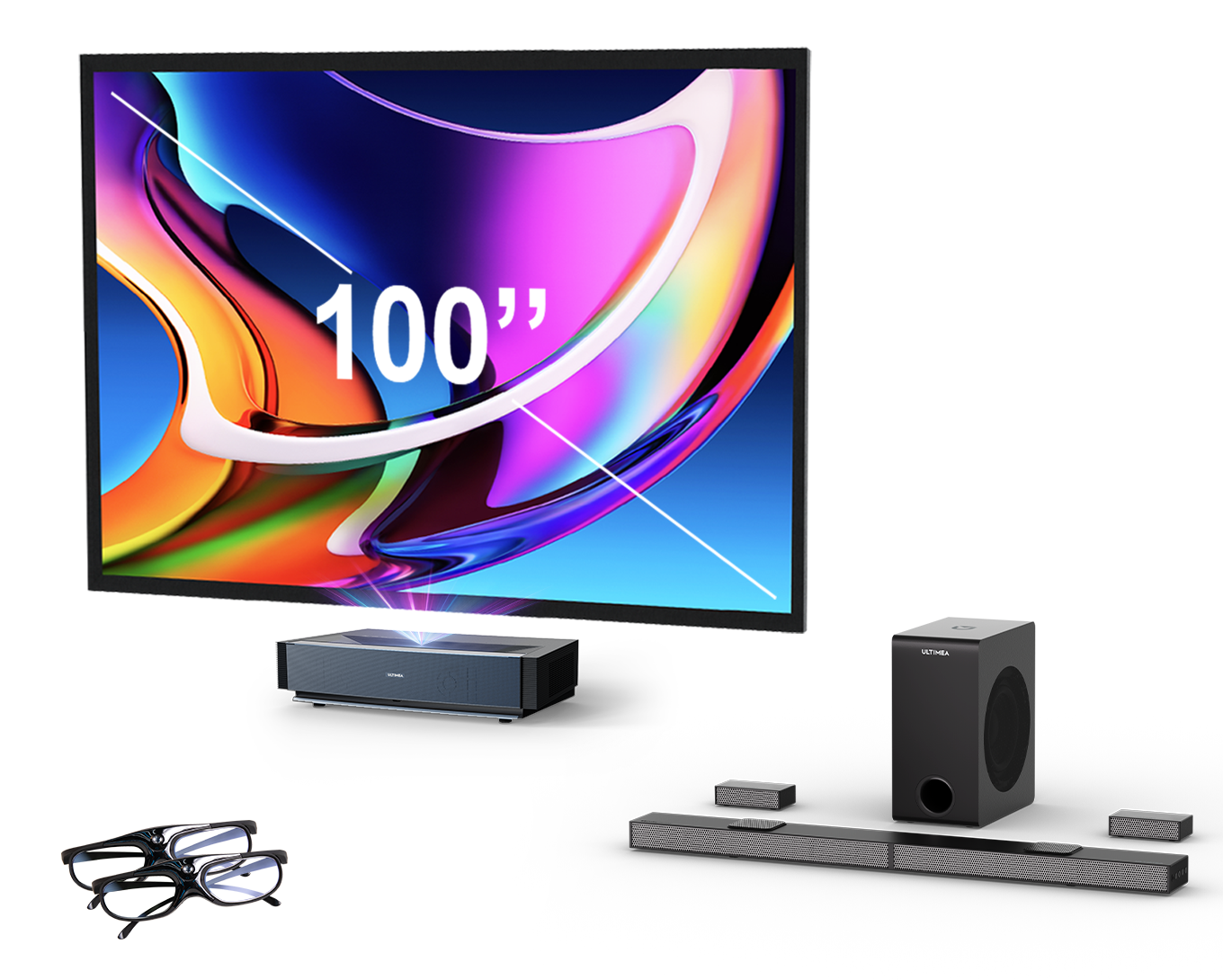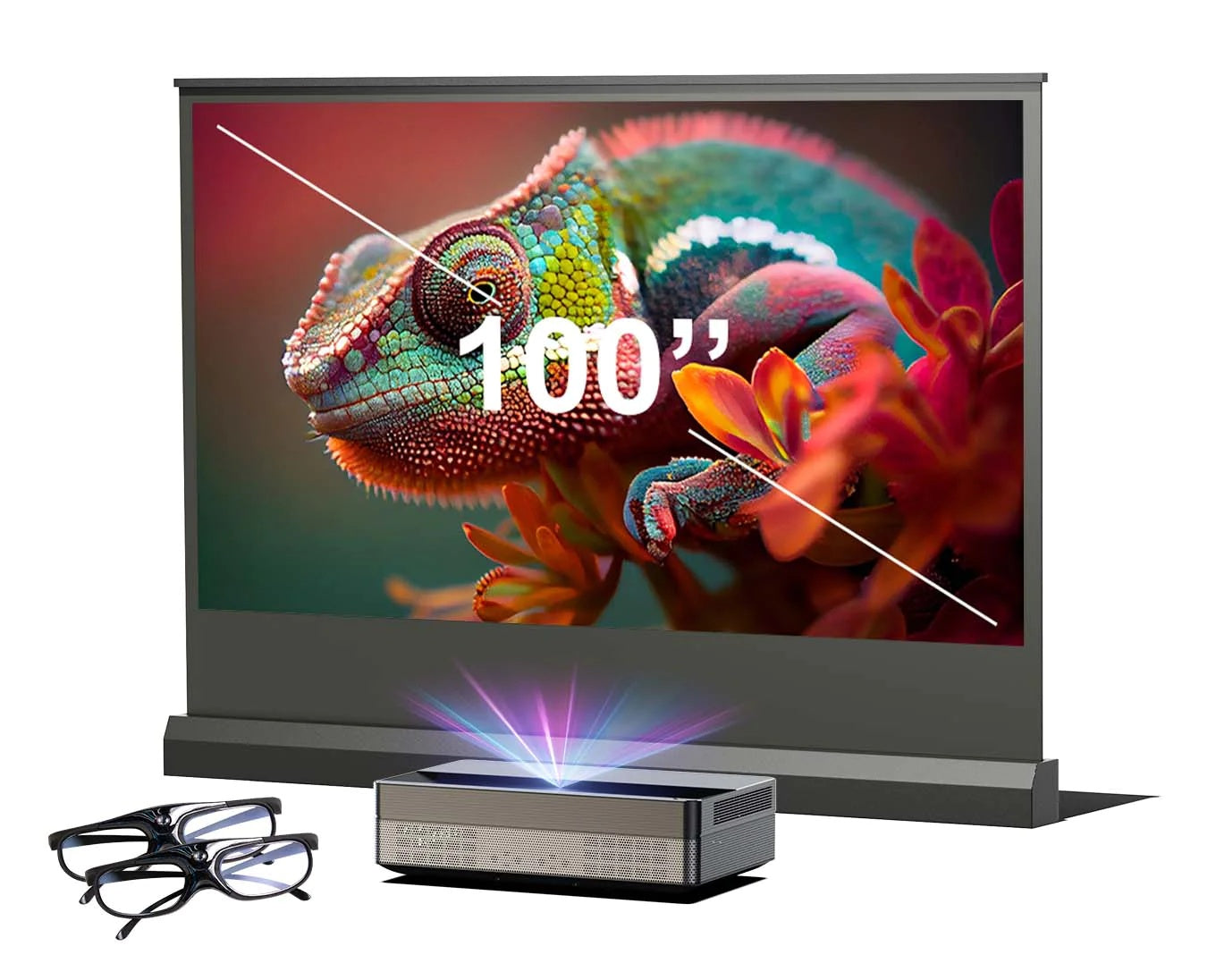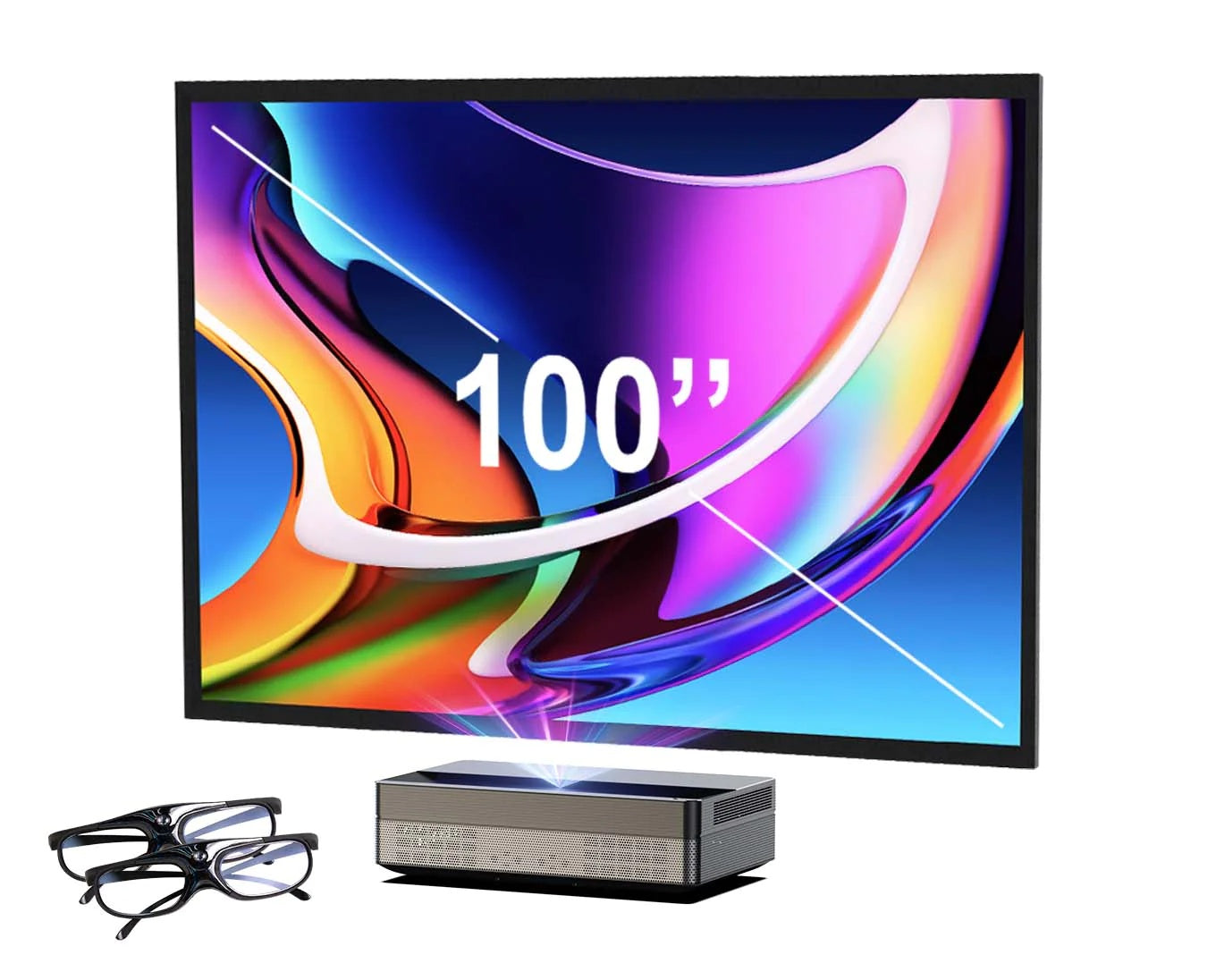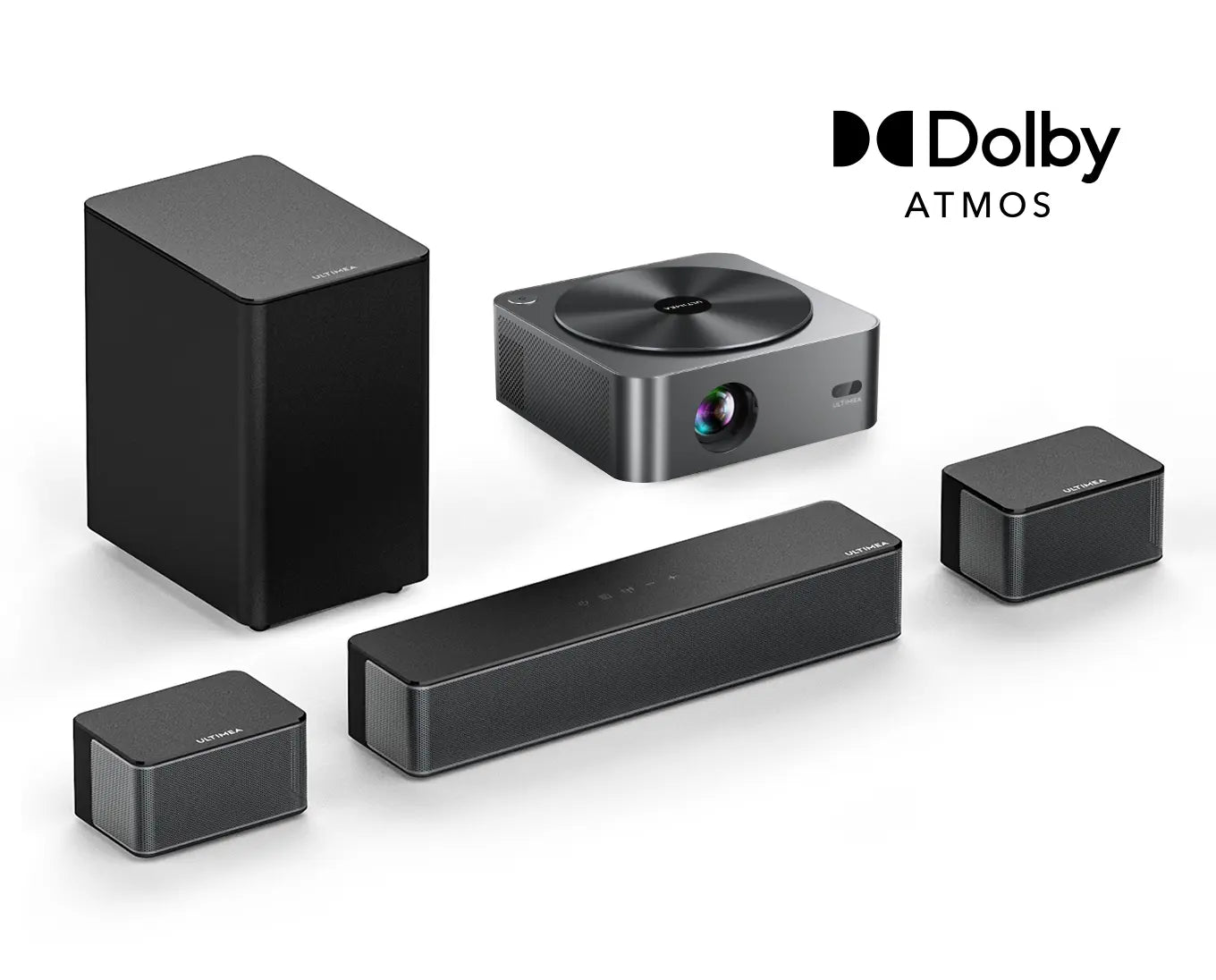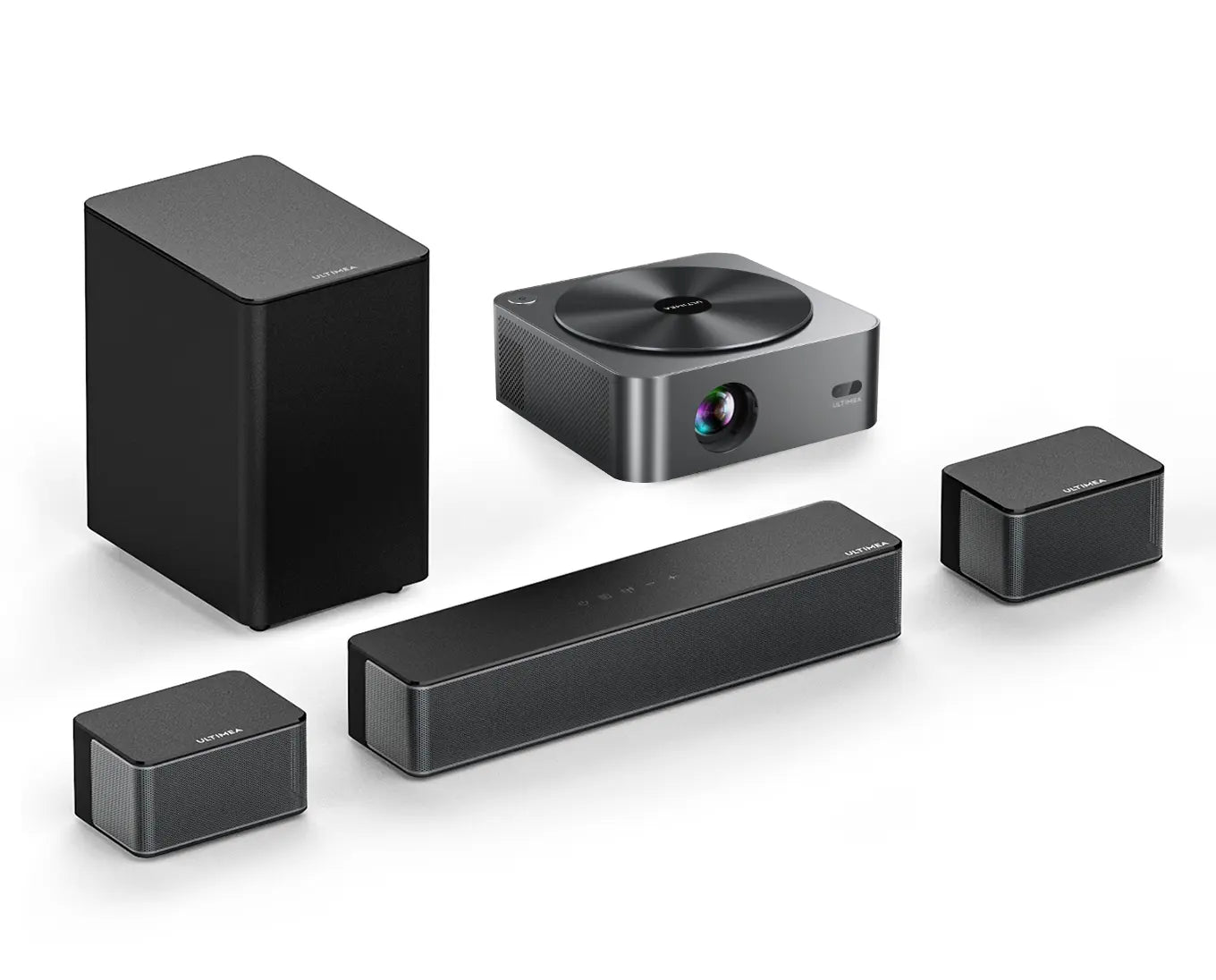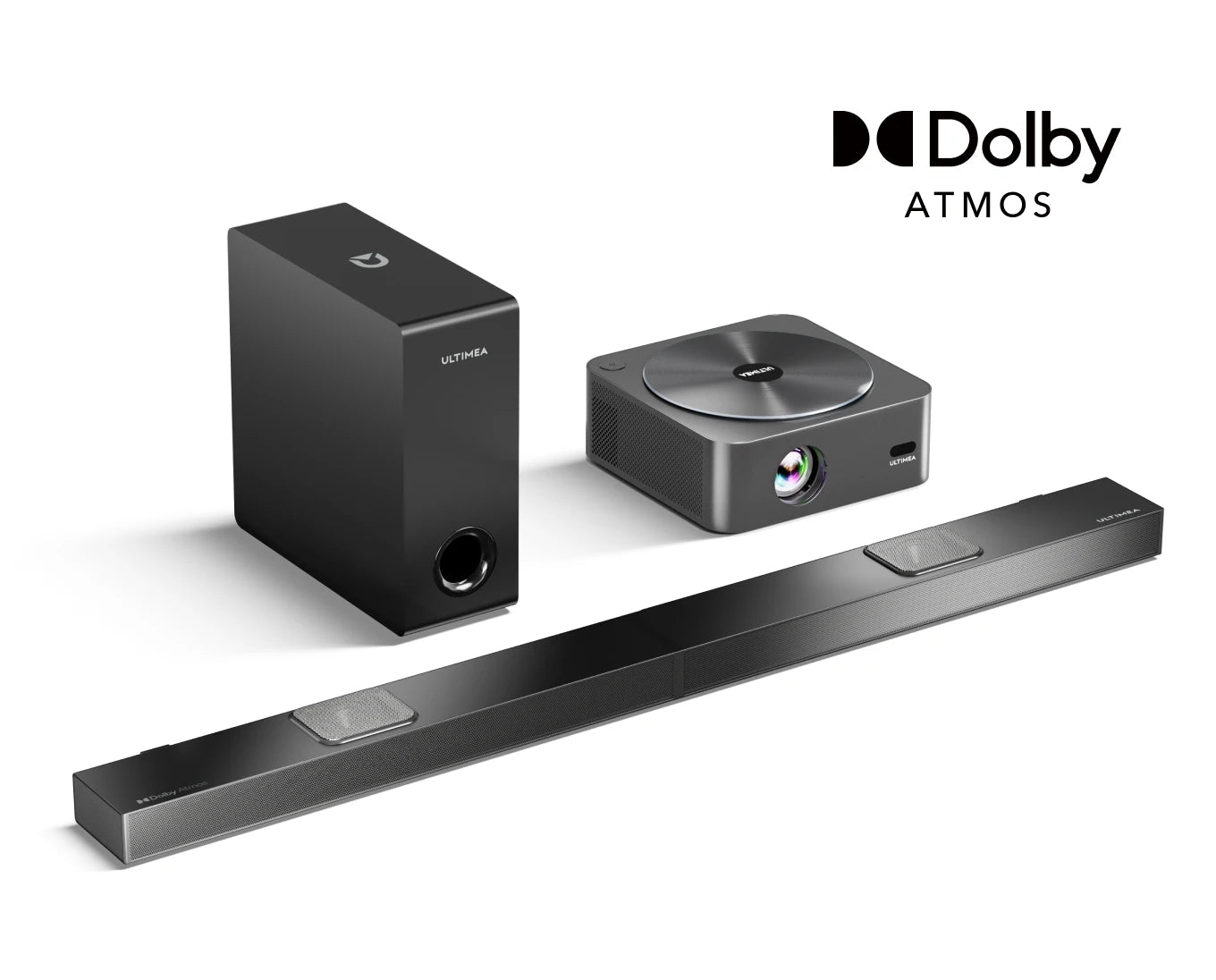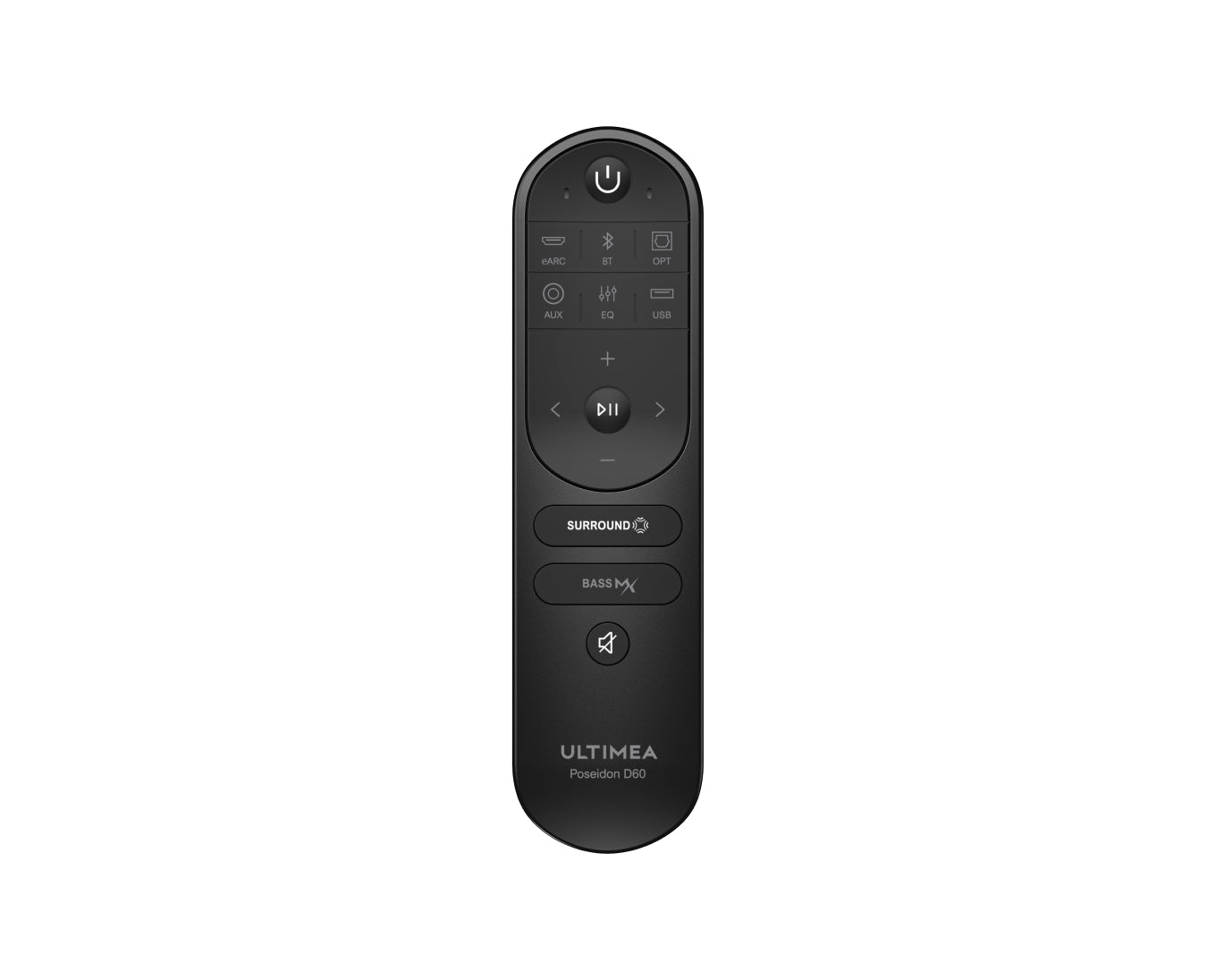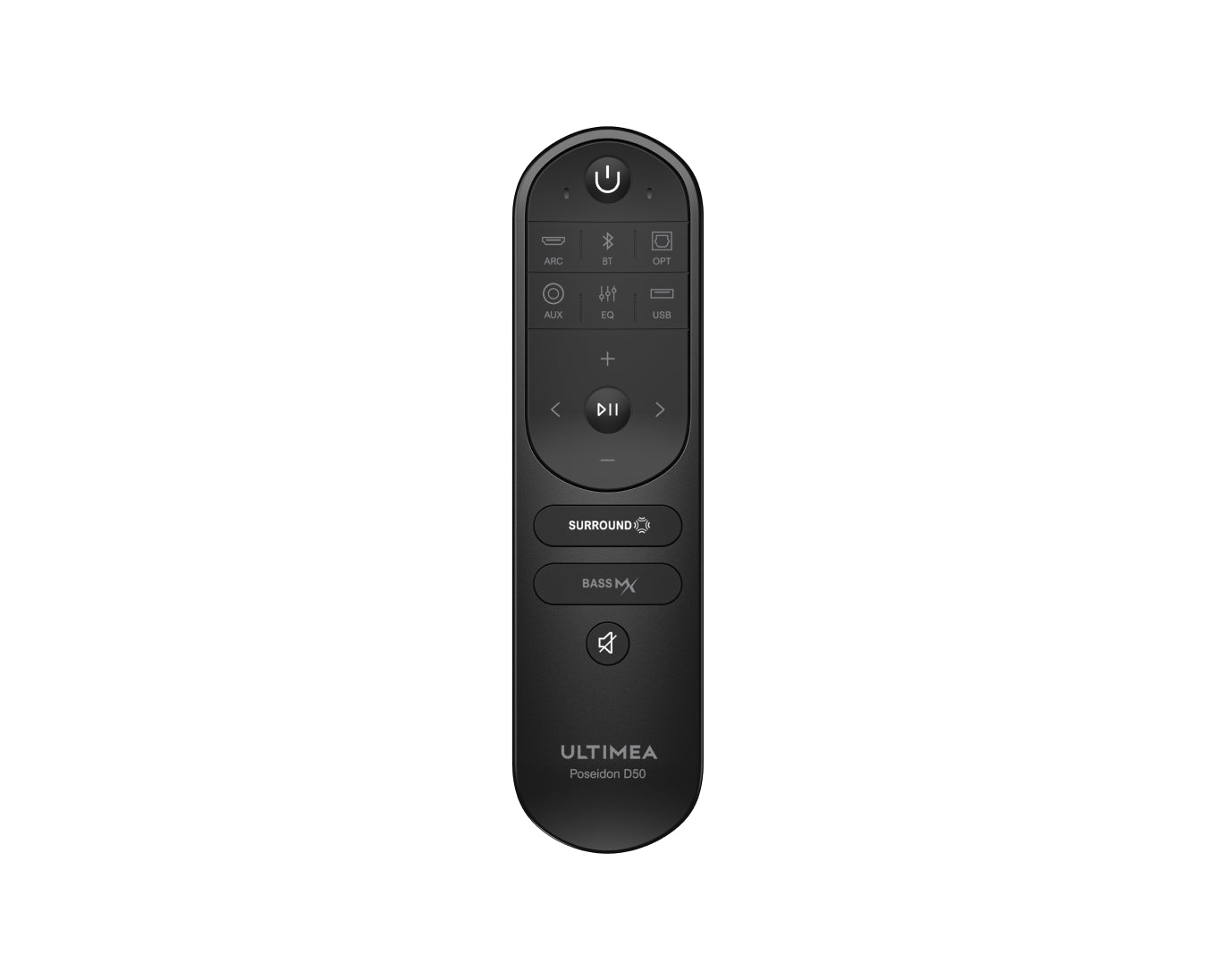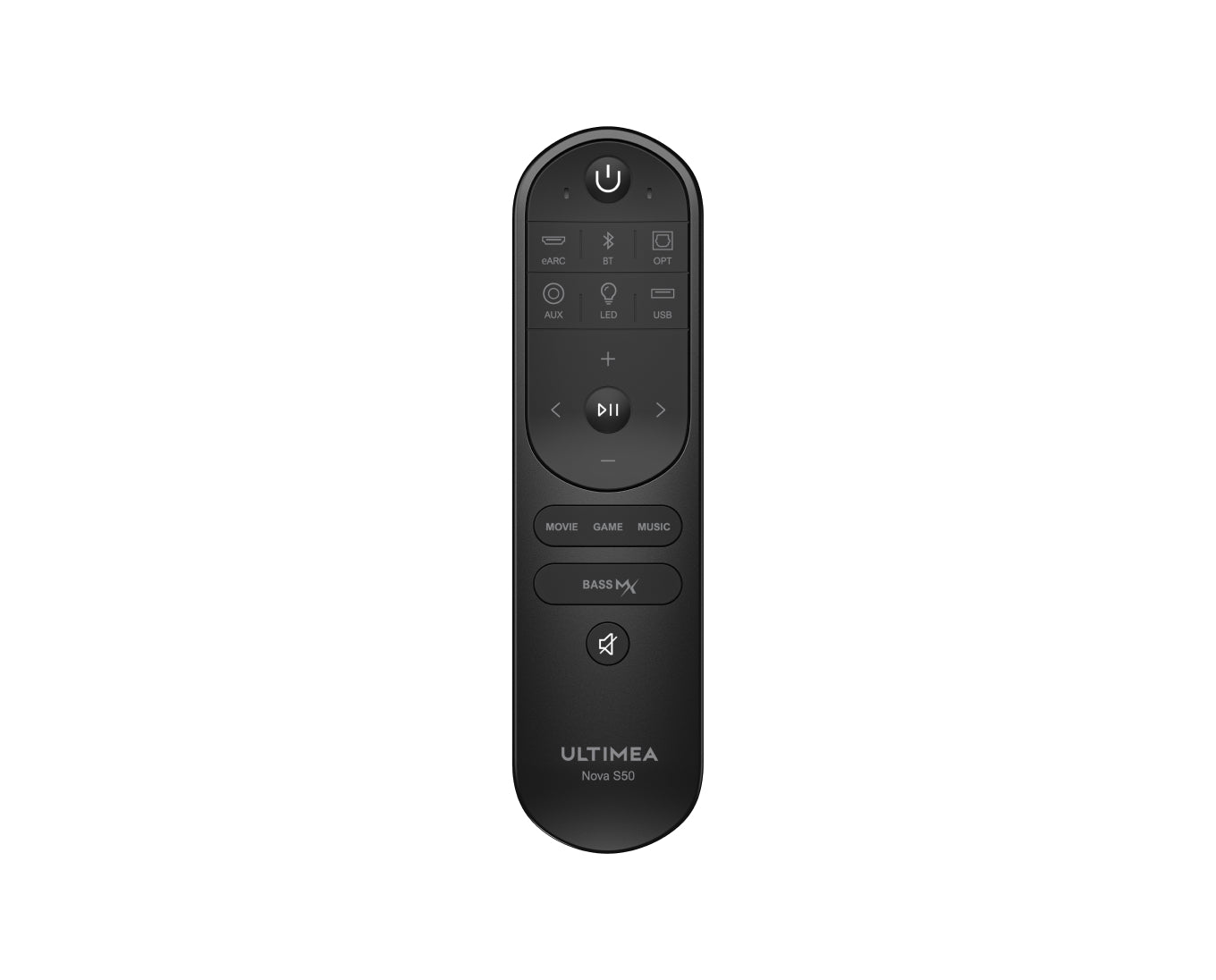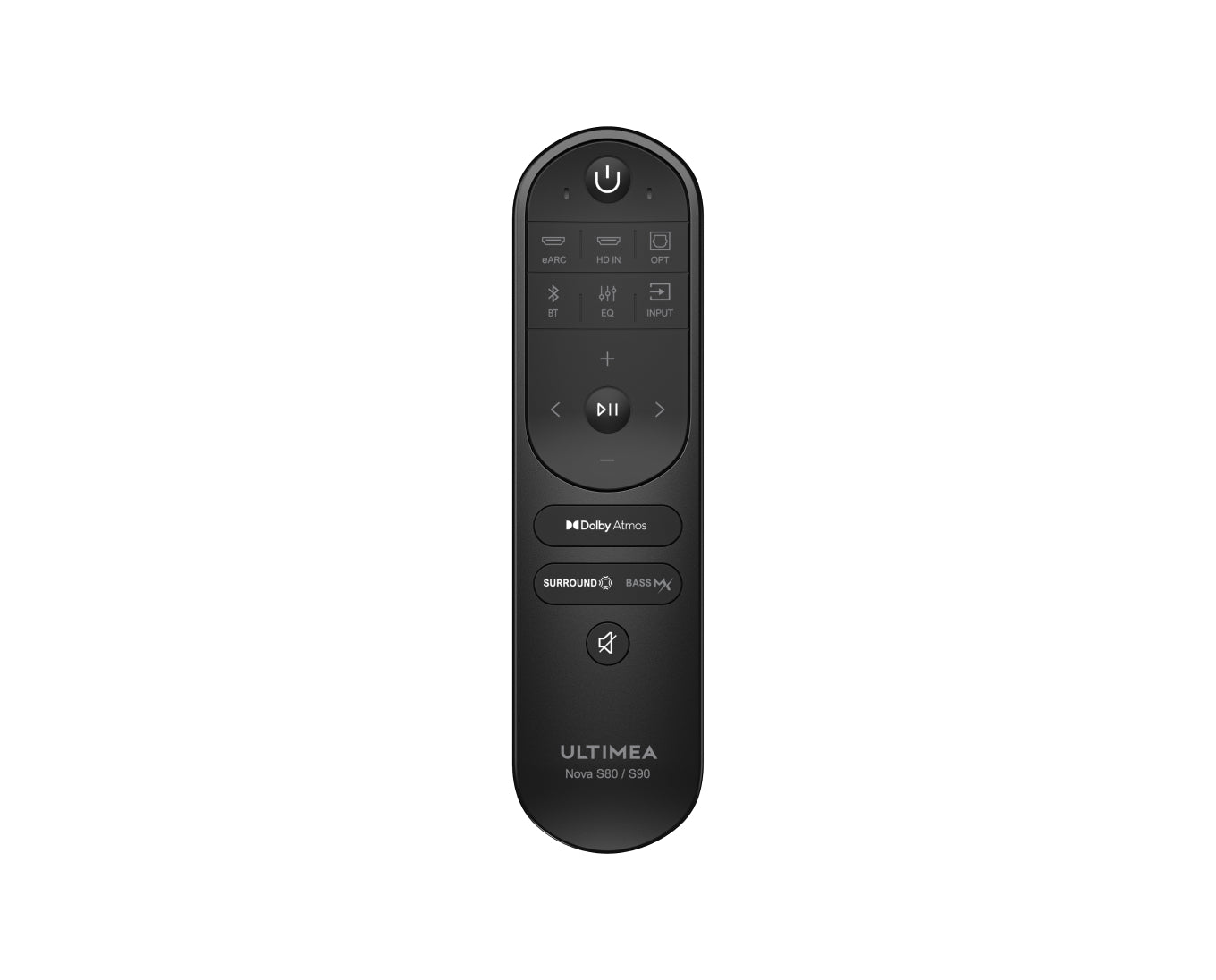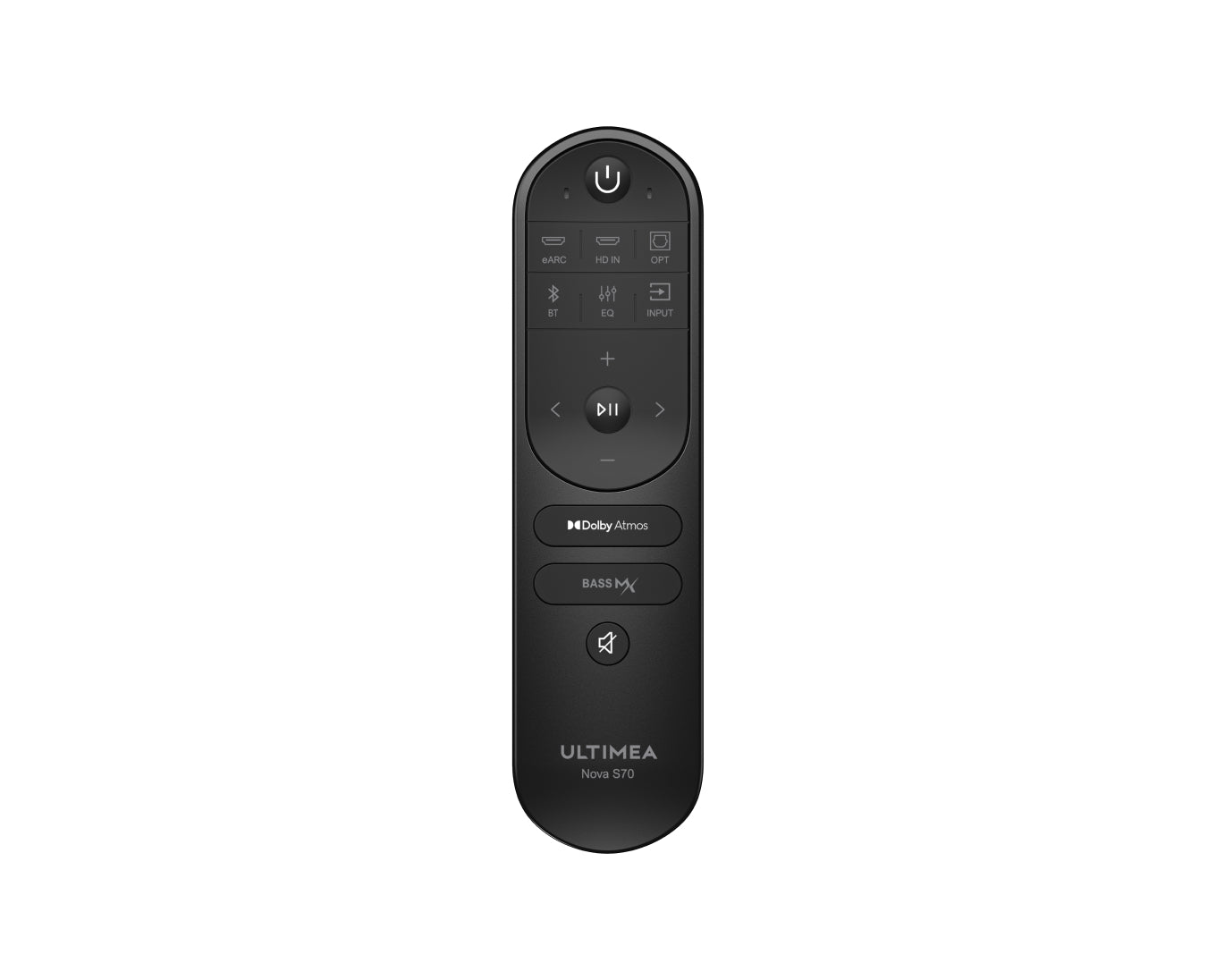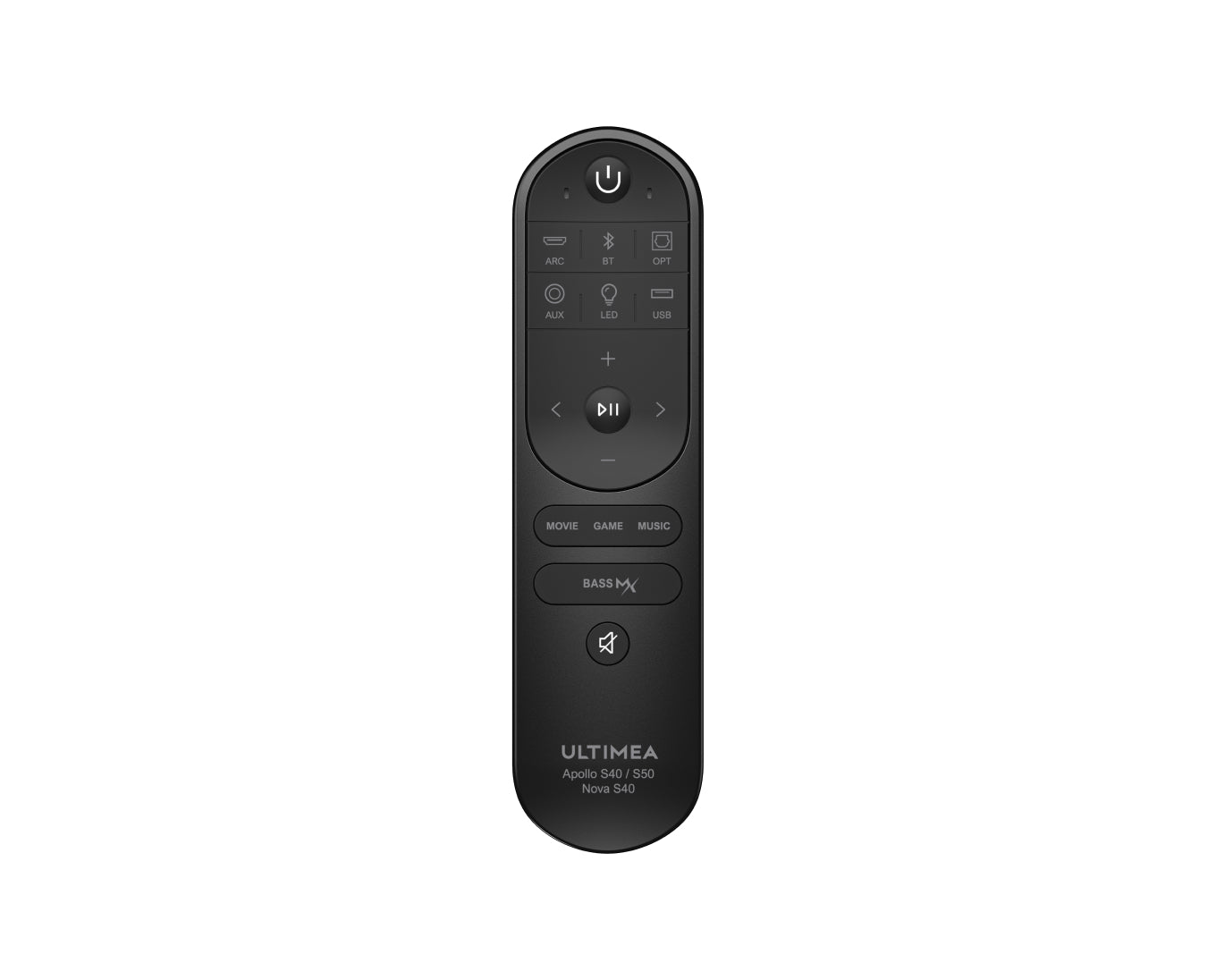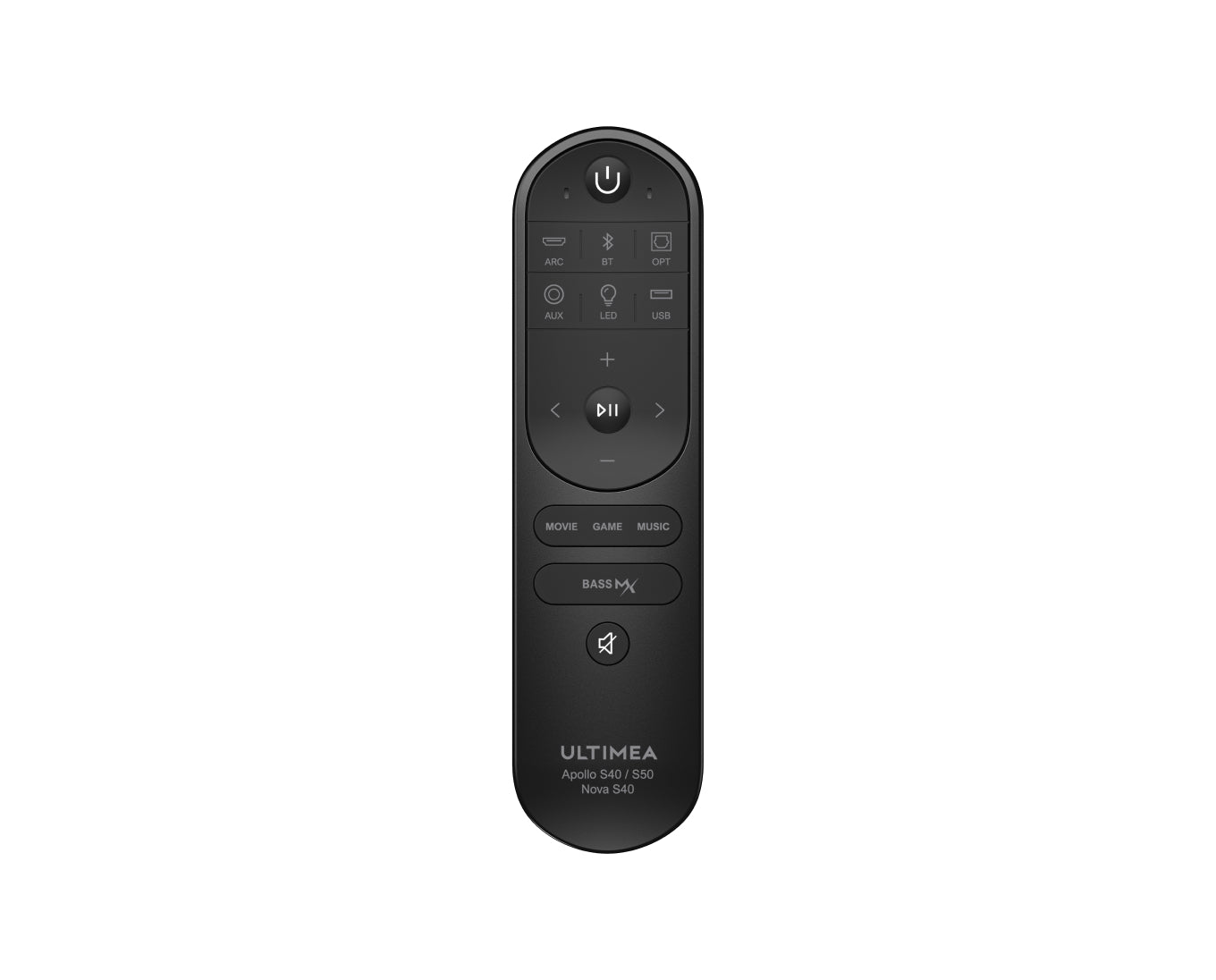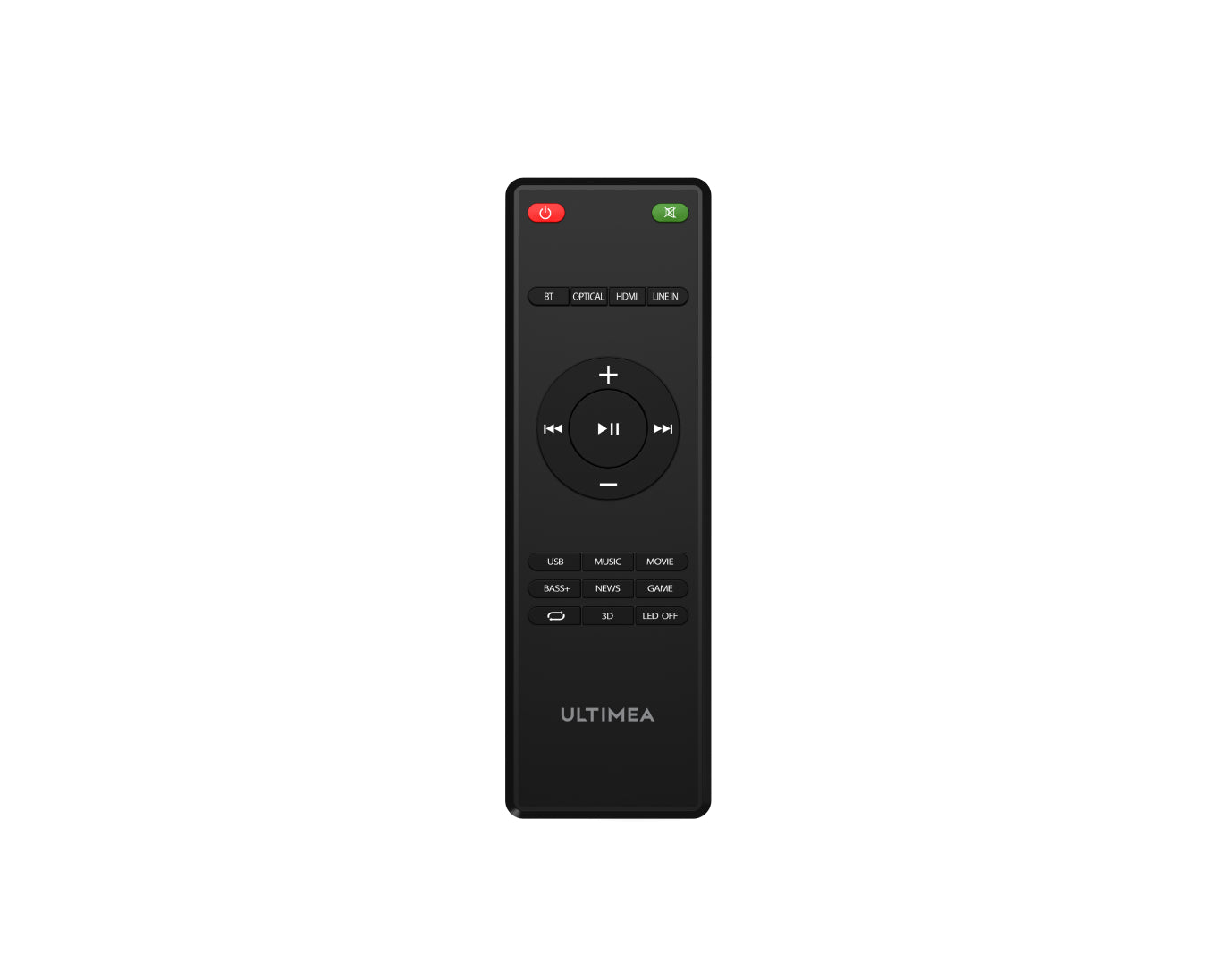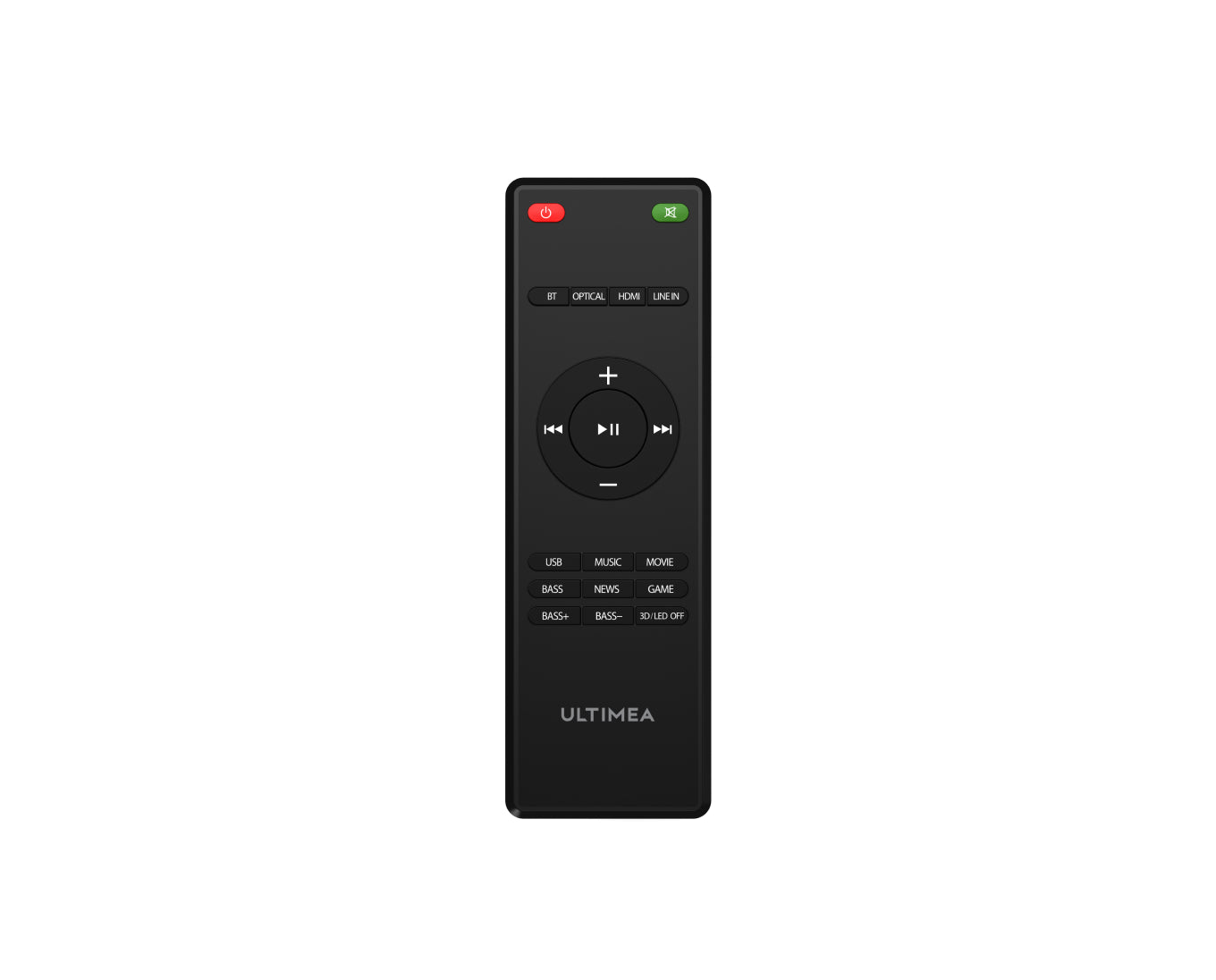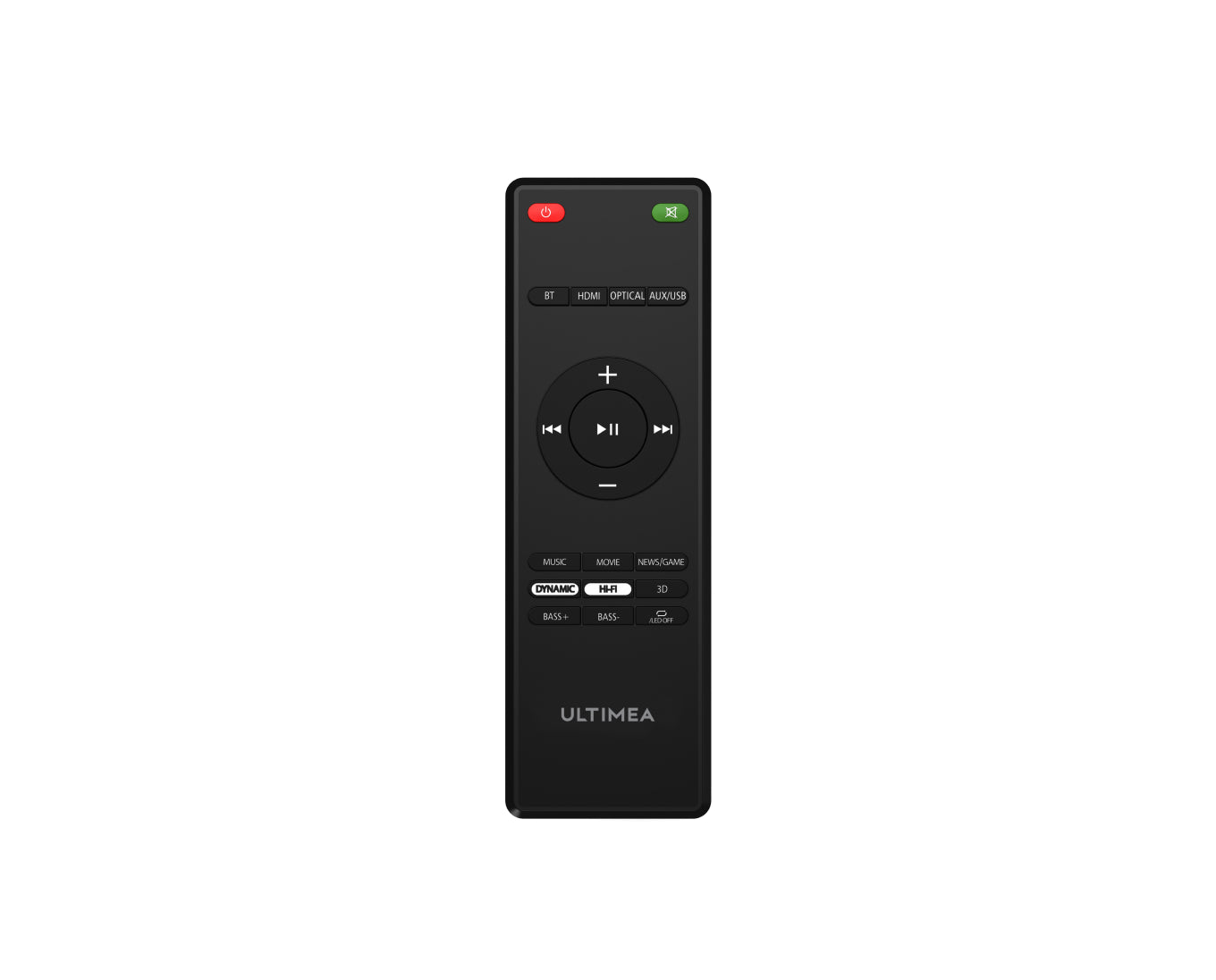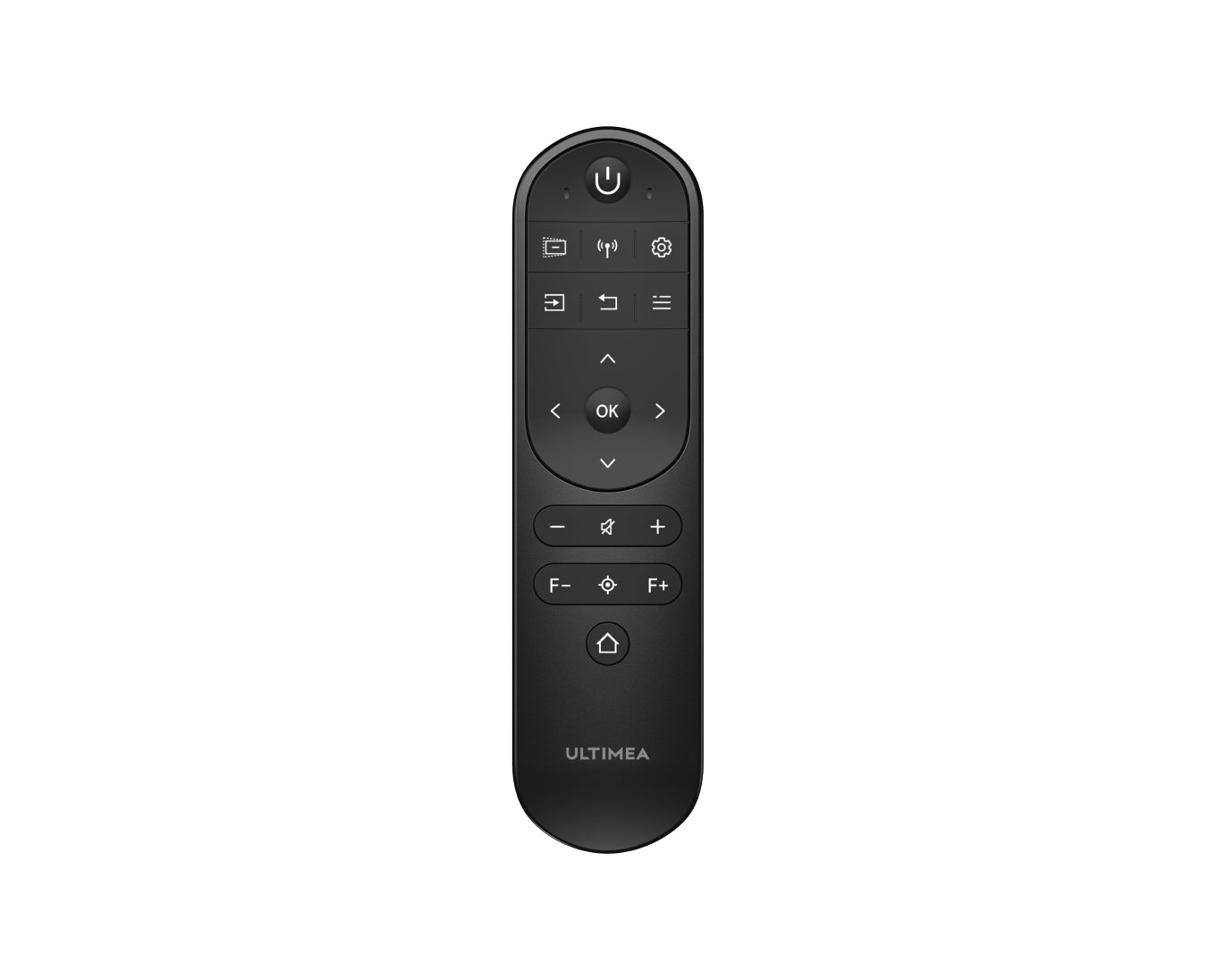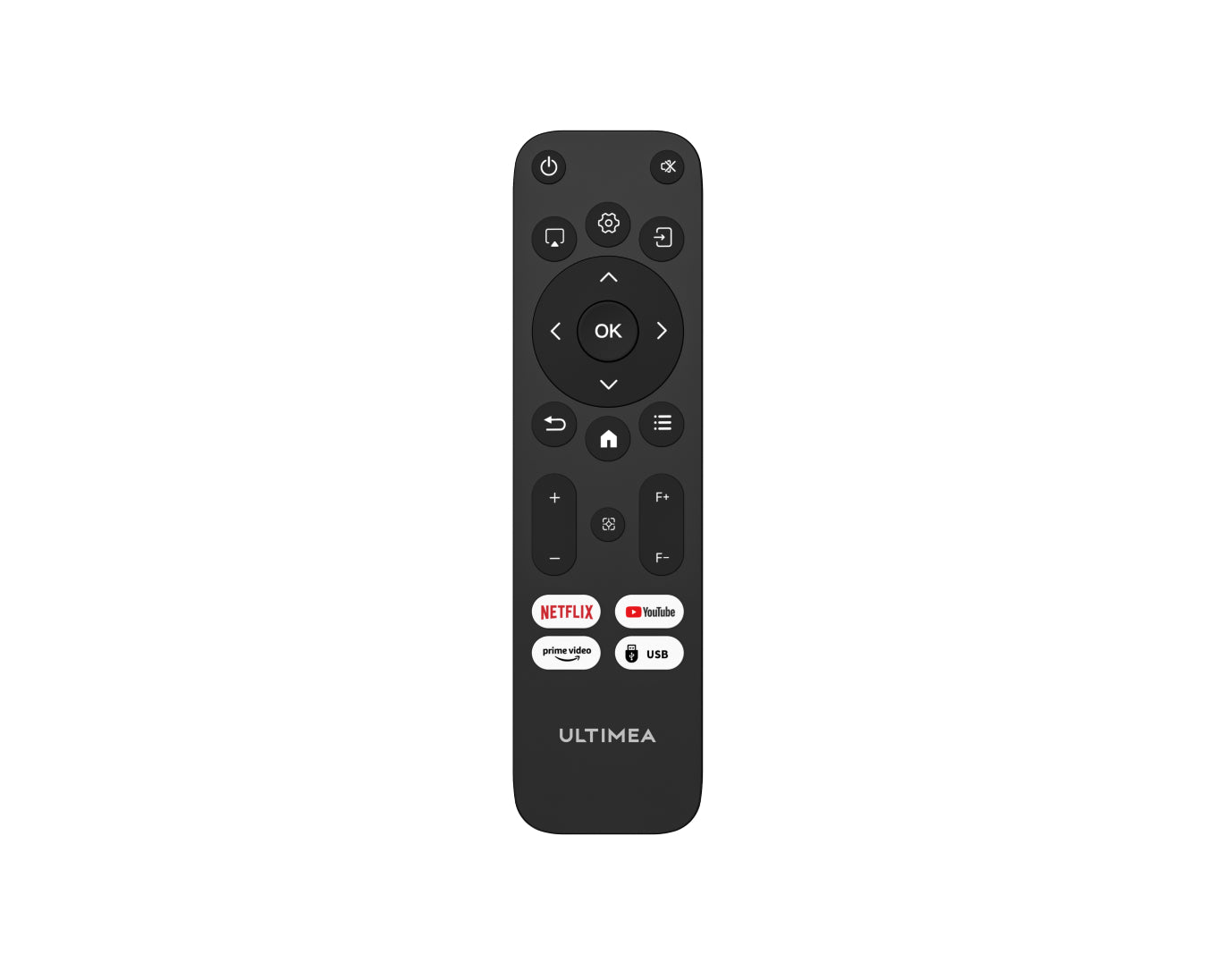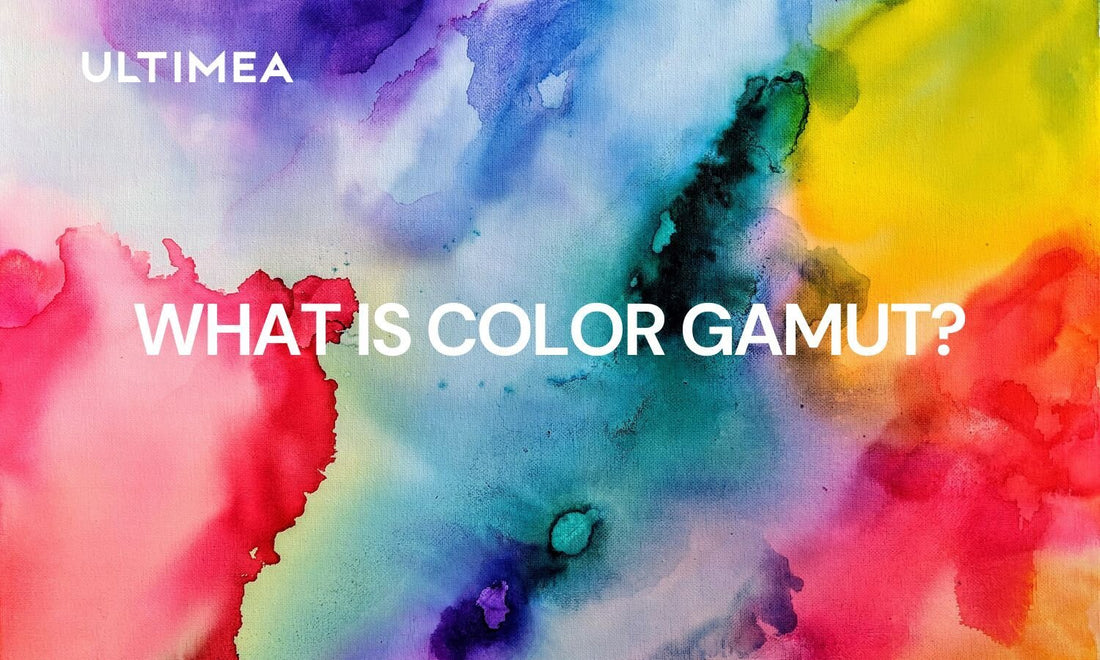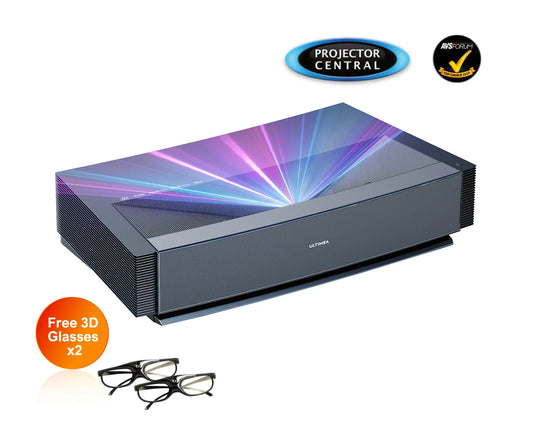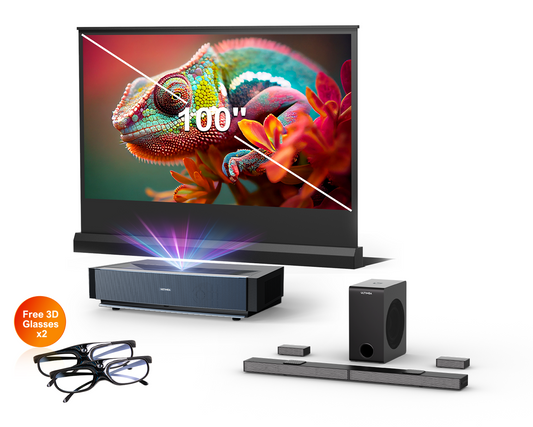When it comes to buying a projector, most people get hung up on resolution. 4K, 1080P, 720P – the bigger the number, the better, right? Well, not quite. There's another hidden gem that often gets overlooked: color gamut!
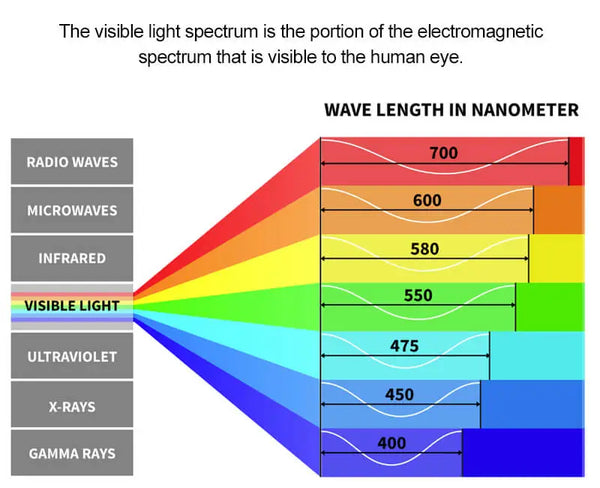
Humans are way more sensitive to color than they are to resolution. But unlike resolution, where you can simply say "4K > 1080P > 720P," a projector's color performance is a whole lot more complex. It's affected by all sorts of factors, and to top it off, most people's understanding of color is still stuck at the "pretty" stage. So, today we're going to dive into the world of color gamut and show you why they're the real deal.
What is Color Gamut?
Color gamut describes the range of colors within the color spectrum that a display device can reproduce. In mathematical terms, gamut is a concept that helps explain that colors have a certain range. Essentially, you can think of it as a painter's palette for creating images. So, when we talk about color gamut, we're essentially referring to the color space available for creating images on a display. It's like having a selection of colors on a painter's palette to work with.
Why does Color Gamut Matter?
Essentially, it indicates the range of colors a projector is capable of displaying. A broad color gamut translates to richer, more lifelike colors compared to devices with standard gamuts. Therefore, for consumers seeking vibrant, vivid images, investing in a projector with a wider color gamut is paramount.
Common Color Gamut Standards for Projectors
As mentioned above, color gamut serves as a standardized language to define colors, similar to the different languages used around the world. To maintain consistency and ensure that industry professionals communicate using the same "language" when describing colors, organizations such as the International Telecommunication Union Radiocommunication Sector (ITU-R) periodically establish specific color gamuts for industry use. In the following discussion, we'll delve into the three primary color gamut standards: Rec.709, DCI-P3, and Rec.2020.

What is Rec.709?
Rec. 709, also known as BT.709 or ITU-R BT.709-6, is a standard developed by the International Telecommunication Union Radiocommunication Sector (ITU-R) for image encoding and signal characteristics of high-definition television (HDTV).
This is the standard for HDTV content, covering around 70% of the visible color spectrum. It's the most widely used standard and is suitable for most home theater setups.
What is DCI-P3?
DCI-P3 is a color standard defined by the Digital Cinema Initiatives (DCI) organization in 2010 for digital cinema. This groundbreaking innovation expanded the color gamut, the range of colors a device can display, by a significant 26% compared to its predecessor. Also, DCI-P3 is the most commonly used color gamut in the film industry.
What is Rec.2020?
Rec.2020 standards mark a pivotal evolution from the established Rec.709 specification standards, mirroring the leap DCI-P3 brought to digital cinema. Much like its predecessor, Rec.2020 encompasses a range of specifications crucial to video broadcasting, including an enhanced color gamut. However, where Rec.709 set the stage for high-definition TV, Rec.2020 strides forward, tailor-made for the demands of ultra-high definition displays, including the ever-advancing realms of 4K and 8K televisions.
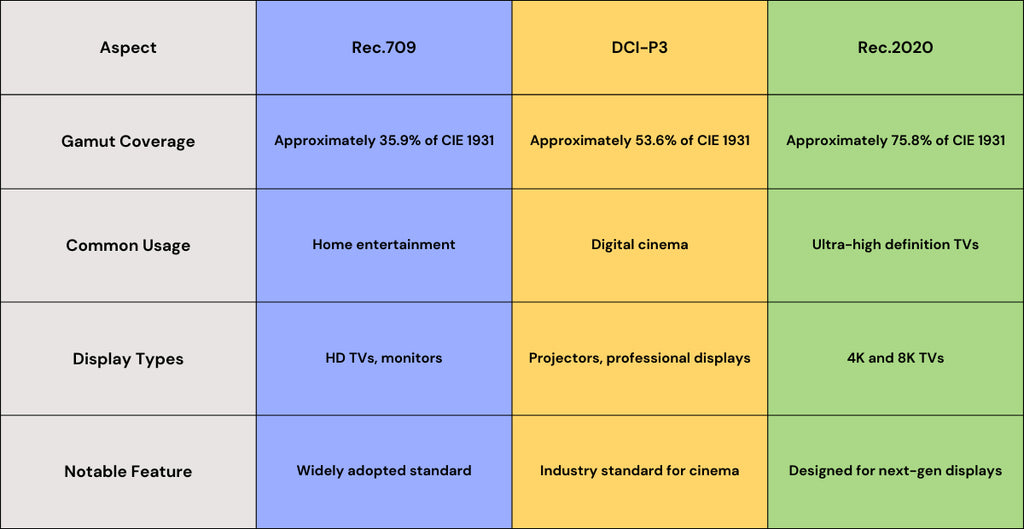
What Are the Main Factors Influencing Projector Color Gamut?
In a projector, the 5 main factors influencing color gamut include:
- Projection Technology: Different projection technologies, such as LCD, DLP, LCoS, etc., have distinct methods of color reproduction, thus impacting the size and precision of the color gamut.
- Light Source Type: The type of light source used in the projector, whether it's incandescent, LED, laser, etc., directly influences the brightness, saturation, and stability of colors, thereby affecting the performance of the color gamut.
- Projection Lens and Optical Design: The quality of the projection lens and optical design affects how colors are projected, including factors like uniformity, clarity, and distortion, which consequently influence the performance of the color gamut.
- Imaging System and Signal Processing: The imaging system and signal processing capabilities of the projector impact how color information from input signals is processed and reproduced, thereby influencing the size and precision of the color gamut.
- Color Calibration and Management: The quality and accuracy of color calibration and management systems affect the projector's ability to accurately reproduce colors, thereby impacting the performance of the color gamut.
Which Color Gamut Should I Choose?
Which color gamut should you choose? It ultimately depends on your needs and preferences. If you're a casual viewer looking for a reliable option, Rec.709 will serve you well. For those craving the latest and greatest in home entertainment technology, Rec.2020 is worth considering (Like ULTIMEA Thor T60 offers a 120% Rec.2020 color gamut, delivering a wider and more vivid color experience). And if you're a filmmaker or serious cinephile, DCI-P3 might be the perfect fit for your creative endeavors.
Summary
Understanding color gamut is crucial for optimizing your projector's performance. Rec.709, DCI-P3, and Rec.2020 are the main standards, each tailored to different needs. Rec.709 is reliable for home theaters, DCI-P3 dominates cinema, and Rec.2020 offers cutting-edge technology. When purchasing a projector, consider the color gamut alongside factors like resolution and brightness. Your choice depends on your viewing habits and preferences.
